How to trek to Everest Base Camp

Jun 20, 2023 • 10 min read
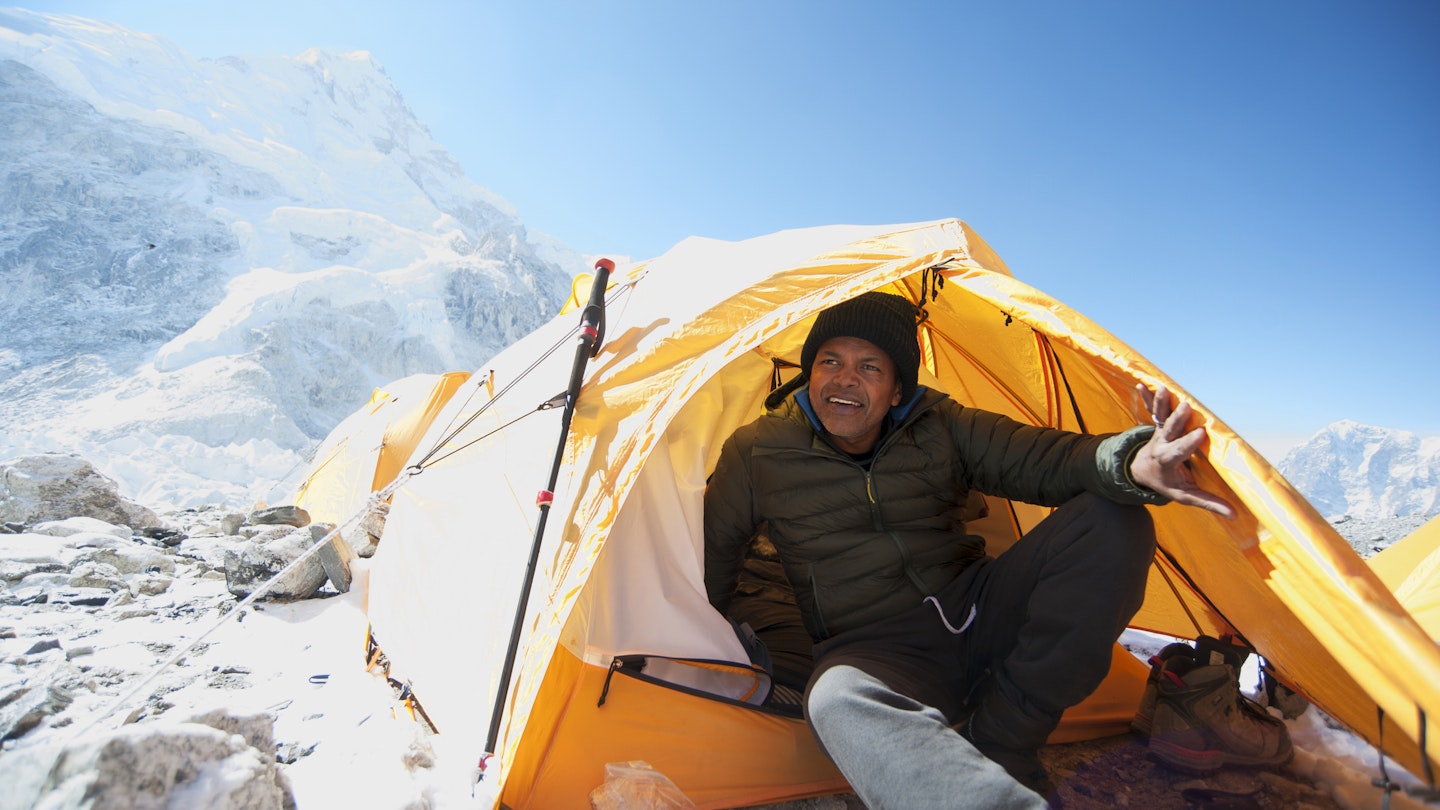
From permits to teahouses, here's everything you need to know about trekking to Everest Base Camp © Mint Images / Getty Images
Top of many people's travel bucket lists, the trek to Everest Base Camp is often the first thing people think about when they start dreaming of a trip to Nepal .
The walk takes trekkers past Sherpa villages and Tibetan-style monasteries, right up into the heart of the high Himalaya, into a breathtaking world (literally) of iconic glaciers, lakes and the tallest peaks on earth. It's probably the world's most famous trek.
But what is it actually like to trek to Base Camp? Is it something within your capabilities or budget? What should you bring? And, most importantly, can you get a proper coffee en route?
I just returned from trekking to Everest Base Camp for Lonely Planet's Nepal guide . Here’s what I think you need to know.
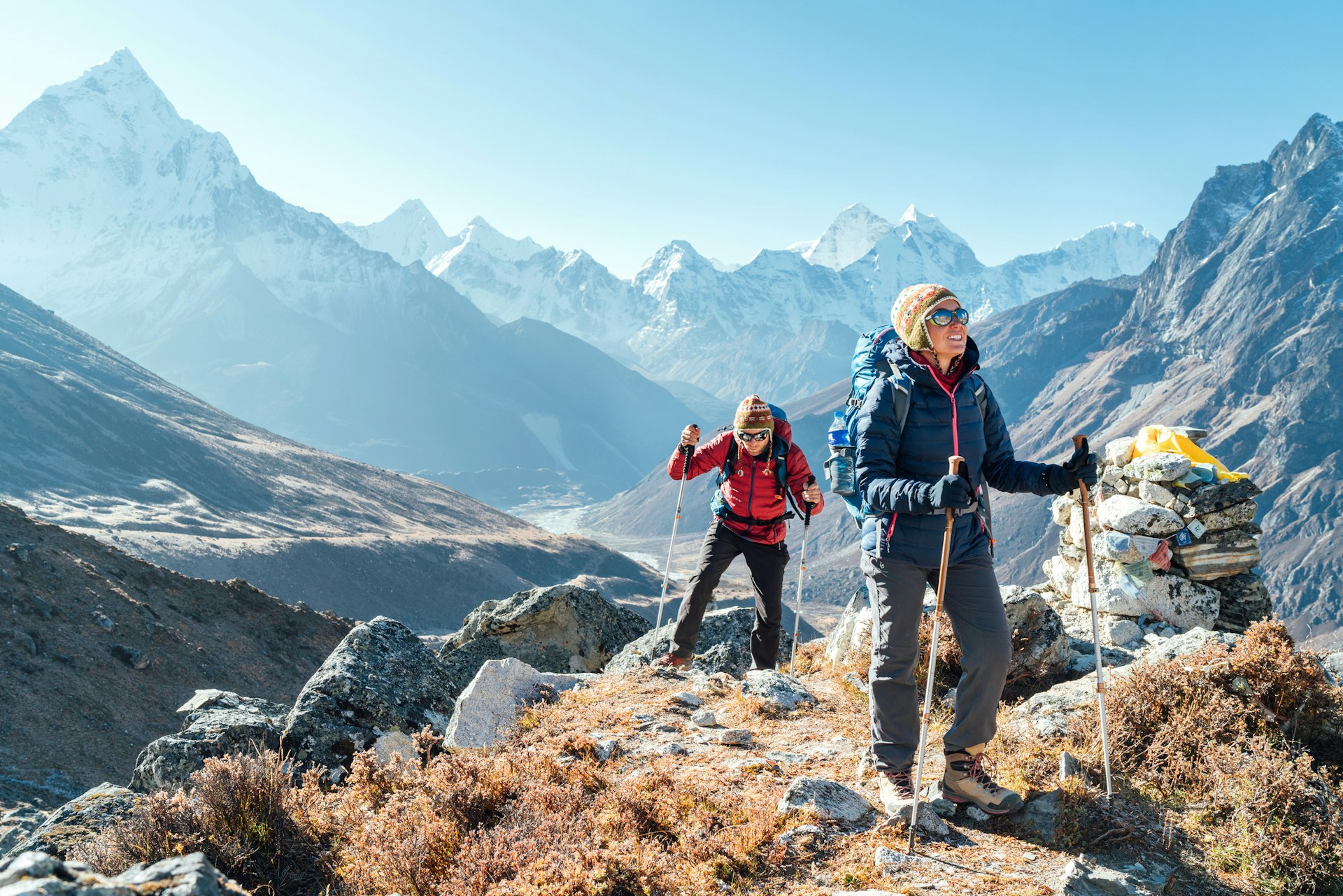

What's so great about the Everest Base Camp (EBC) trek anyway?
Firstly, the mountain scenery surrounding the world's highest peak is truly spectacular. The sublime views of Ama Dablam, Pumori, Nuptse and Thamserku peaks are unbeatable and constantly change as you progress along the walk. The Sherpa villages and monasteries are fascinating places to visit and the lodges (called teahouses) are the best in the world.
The knowledge that you are walking in the expedition footsteps of Hillary, Tenzing, Messner and others is a thrill. Anyone who has read Into Thin Air will be moved by the memorial stupas of Rob Hall, Scott Fischer and others who have lost their lives on the mountain. And then there's the fact that you will have reached the base of the world's highest peak; whether you call it Chomolongma (Tibetan), Sagarmatha (Nepali) or Everest, it’s a rush all the same.
And what’s not so great about the Everest Base Camp trek?
Well, if you force us to play devil's advocate… EBC is one of the busiest trails in Nepal. In the high season months of October and November you'll be walking with thousands of other trekkers, competing with them to get a bed, a lunch order or an airplane seat. There will be lines at checkpoints and even at moments on the trail itself. In bad weather you might be stranded at Lukla airport with hundreds of other trekkers, all trying to get on the first flight out. It's not quite the Zen-like wilderness experience you may have been imagining.
Bear in mind also that even after a solid week of walking, your view of Everest will be partial at best (for infinitely more dramatic Everest views visit the northern Everest Base Camp in Tibet ). If you trek outside of May's expedition weather window you won’t actually find much to see at Base Camp beyond a boulder hastily spray-painted with "Everest Base Camp".
If this has put you off, don’t worry; there are dozens of other fantastic treks in Nepal .
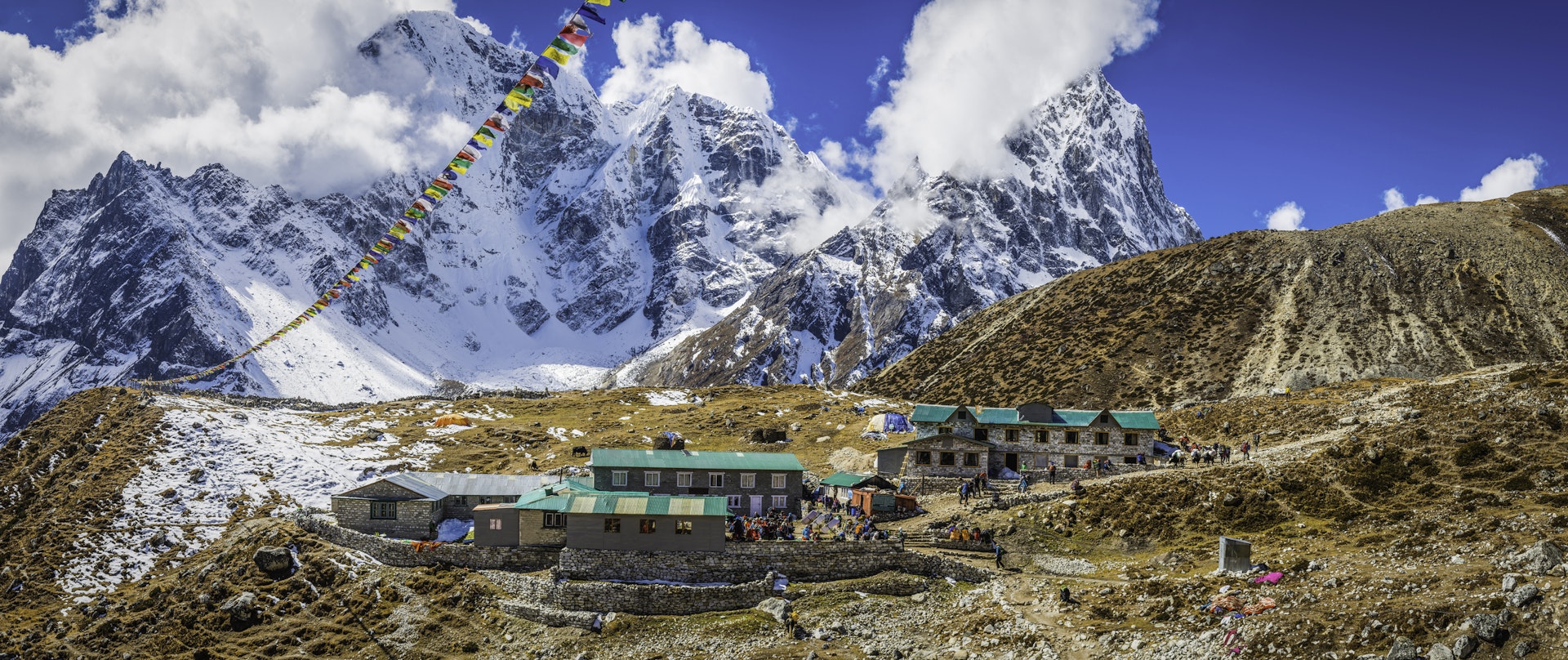
How long does it take to trek to Everest Base Camp?
The walk from the airport at Lukla to Everest Base Camp and back takes a minimum of 15 days. Several of the days are surprisingly short, but this is because you have to figure in time to acclimatize to the high altitudes.
If you can, it's definitely worth adding on a couple of extra days to this basic itinerary. Some of the most dramatic (and least visited) views are from detours off the main trail. I always add two days to visit Thame, two days to visit Chhukung and, if possible, three or four days to visit the lakes of the Gokyo Valley – probably the most beautiful scenery in the Everest region.
Be sure to also budget an extra day or two as a transport buffer. Weather-related flight delays in and out of Lukla are not uncommon (I had to wait six days for a flight to Lukla on my recent trip) so you need some buffer time if heading back for an international flight home.
How challenging is the trek to EBC?
In terms of physical effort, the EBC trek itself is not especially tough. There are only a couple of steep climbs, lasting about an hour each, and most days involve less than four hours of walking.
The thing that makes the EBC trek tough is the altitude. Base Camp is at 5600m (18,373ft) and you will need to spend one or two nights above 5000m (16,404ft). Above 4000m (13,123ft) you are going to feel increasingly lethargic and out of breath as the amount of oxygen in the air decreases. Combine this with the cold, the discomfort of being at altitude and the compounded tiredness from walking for two weeks straight, and you can see why the whole trek experience is definitely a physical challenge.
While you don't need to be an athlete to walk to EBC it is still a good idea to start a fitness regime in the weeks leading up to your trek. You'll enjoy the walk so much more if you are in decent shape.
When is the best time to trek to Everest Base Camp?
October and November bring the best weather and the clearest skies but these are also the most popular months. The second most popular season is April to early May, when spring blooms and expedition traffic bring extra interest to the trail. To avoid the crowds but still enjoy clear views, pack an extra thermal layer and come in December or March.
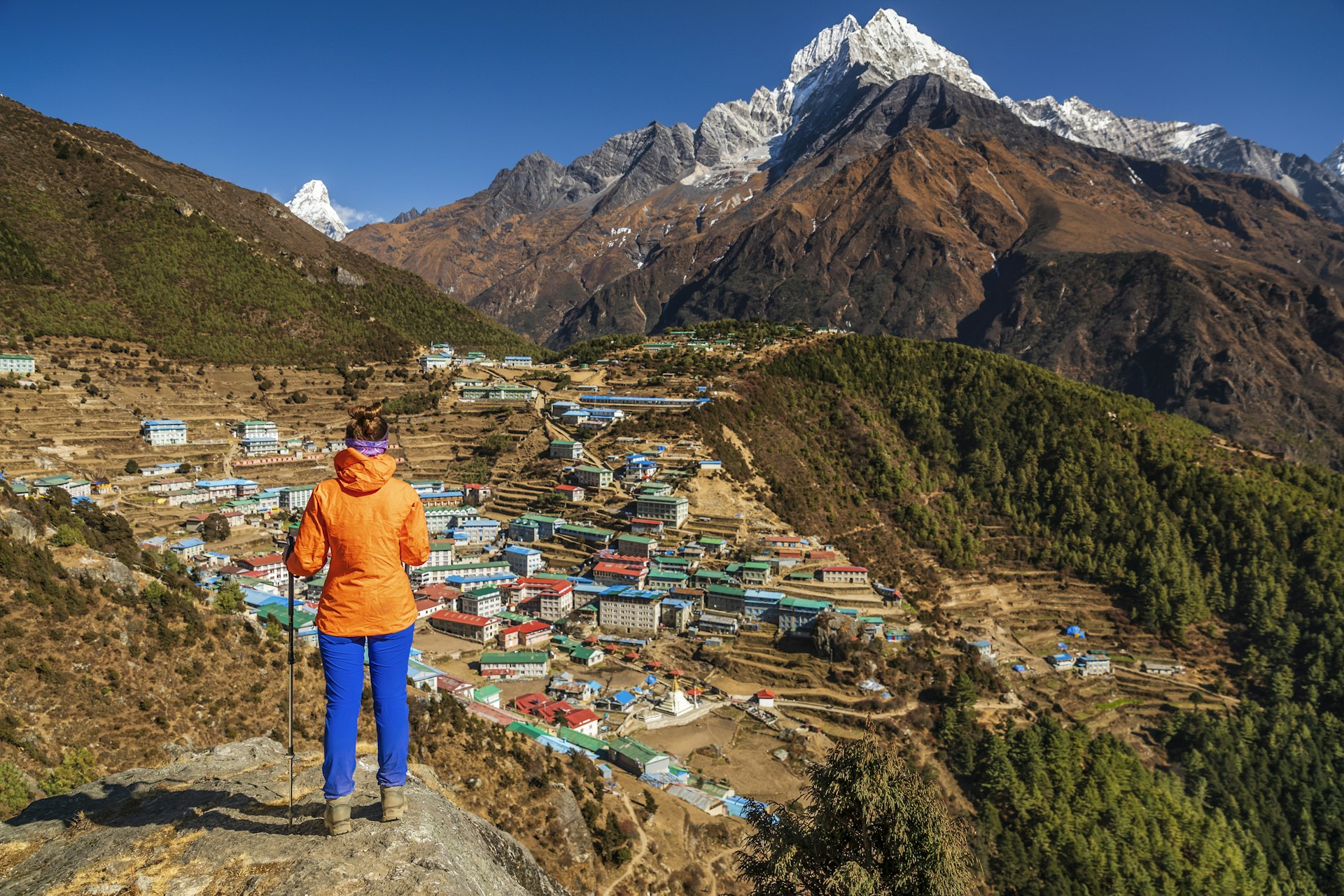
What can I do to avoid altitude sickness?
The majority of people who fail to reach Base Camp do so because they failed to acclimatize properly to the altitude. It's essential not to gain altitude too quickly by following the recommended overnight stops and limiting your daily altitude gain to a maximum of 400m (1312ft) when above 3000m (9843ft).
Be sure to add in acclimatization days at both Namche Bazaar and Dingboche, during which it's a good idea to hike to higher altitudes during the day, returning to sleep lower at night.
What are the teahouses like?
At lower altitudes the Everest lodges are the most comfortable in Nepal. Private rooms are the norm, many of which have private bathrooms. Showers are available at most places, though the hot water supply can be patchy. All have cozy dining rooms with tables arranged around a central dung-fueled stove. There are even a few luxury lodges along the trail.
In budget lodges, or when you get above Dingboche, things get simpler, with rooms offering little more than a collection of plywood walls, a solar light and a foam mattress. Toilets are a mixture of seats and squatters; sometimes outdoors, always freezing. A blanket is normally supplied but be sure to bring a four-season sleeping bag rated to well below 0°C (32°F).
What's the food like?
Menus in teahouses range from pasta and pizza to spring rolls, fried potatoes and soups, though the most popular meal is a daal bhaat , a set Nepali meal of rice, lentil soup and fried vegetables, normally served with a papad and pickle, and with a refill included. It's the most filling and environmentally sustainable meal you can order.
In villages such as Namche Bazaar and Dingboche you will also find bakery-cafes serving espresso and slices of delicious apple pie, plus shops selling everything from Snickers bars to bottles of beer. This is one trek where you might actually gain weight!
Can I get wi-fi or phone coverage?
Most lodges offer wi-fi, either free of charge or for a few dollars per day (at higher elevations). Above Namche Bazaar you will likely have to buy a scratch card, giving you unlimited data for twelve hours (AirCell) or a specific amount of data over a month (Everestlink). Depending on your network provider you'll likely get data and a phone signal at lower elevations, and possibly even at Everest Base Camp, but not at other high altitudes. So yes, in theory, you can Skype all your friends from Base Camp!
What should I bring?
Warm clothes are a must, and you should pack thermal underwear, a down jacket and fleece hat. Comfortable hiking boots and good, padded socks are also essential. Sun block, a sun hat with a brim and good sunglasses are important against the strong high-altitude light.
Morale-boosting snacks like chocolate and salami are always helpful, as is a book and smartphone with mapping software like Maps.me. Bring water purification of some sort. If you forget something, don’t worry, you can buy almost anything you might want in Namche Bazaar these days (from ice axes to cans of Pringles), though at prices higher than in Kathmandu .
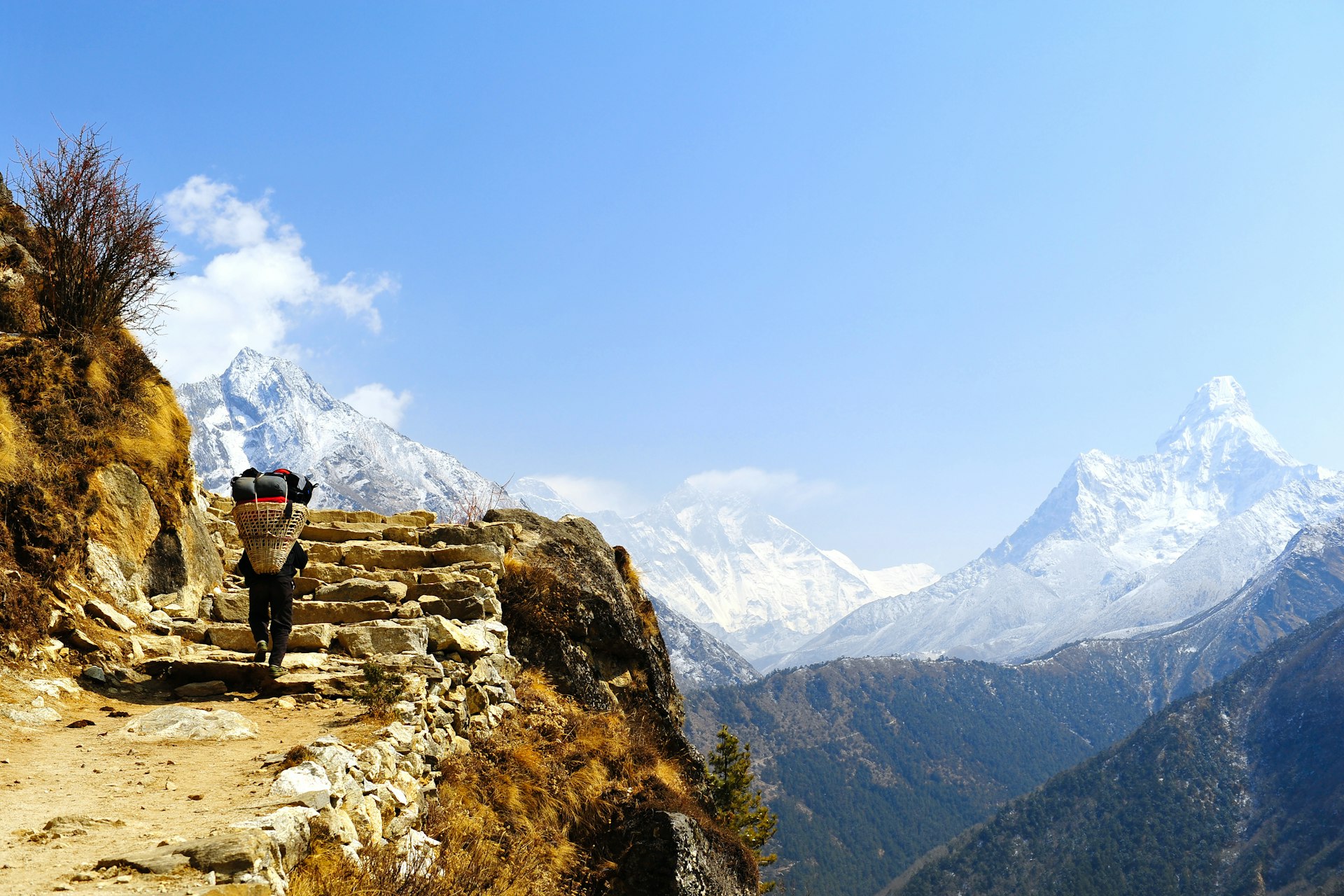
Do I need a porter and guide?
In terms of finding your way you don't need a guide if you are an experienced walker, as the route is clearly marked and well-trod. A guide can be useful for smoothing your way at teahouses, making sure you get your food on time and helping you pay your bill. It's important not to trek alone, so solo trekkers should find a companion or take a guide or porter.
A porter will carry a bag of around 15kg, freeing you up to pack a few extra chocolate bars and enjoy the walk with little more than a day pack. Not having the strain of carrying a full pack is worth its weight in gold for anyone over the age of 50. Trust me.
How much does the Everest Base Camp trek cost?
For a room in a lodge and three meals a day, figure on US$20–25 per person per day, a bit more if you want a room with a private bathroom and the occasional slice of apple pie. Add on another US$5 every time you want a shower. Figure on an additional US$20 per day for a porter, and US$25–30 for a guide, and budget 10–15% of that fee for an end-of-trip tip.
You'll pay a bit more to have a Kathmandu-based trekking company arrange your entire trek, and a lot more for the convenience and backup of an international trekking tour.
Do I need any permits?
You will need to buy an Everest region permit (US$20) at Lukla, as well as a Sagarmatha National Park entry ticket (US$30) at Monjo. Currently that's all you need.
How can I trek more sustainably?
With 60,000 trekkers and guides headed to the Everest region, it’s important to minimize your impact on the region. Firstly, don't buy bottled water on the trek, as the bottles are nonrecyclable and are a huge problem throughout the region. Bring a system of water purification, like a Lifestraw or Sawyer filter, a Steripen or chemical purification.
Secondly, carry all your trash out (especially batteries), and sign up for the Carry Me Back program, whereby you carry a 1kg bag of trash from Namche Bazaar to Lukla, for it to be recycled in Kathmandu.
Finally, be polite to the Sherpas and porters you meet en route, as well as your fellow trekkers. Walk clockwise around stupas and be respectful at monasteries and shrines.
How do I get to Lukla to start the trek?
Flights run multiple times daily between Kathmandu and Lukla, taking around 30 minutes. During high season however you may have to drive five hours from Kathmandu to Ramechhap airport to catch your Lukla flight there.
It's also possible to fly or drive to Phaplu and walk two days to Lukla from there, or walk from Shivalaya to Lukla in seven days as an excellent pre-trek warm-up.
This article was first published January 2013 and updated June 2023
Explore related stories
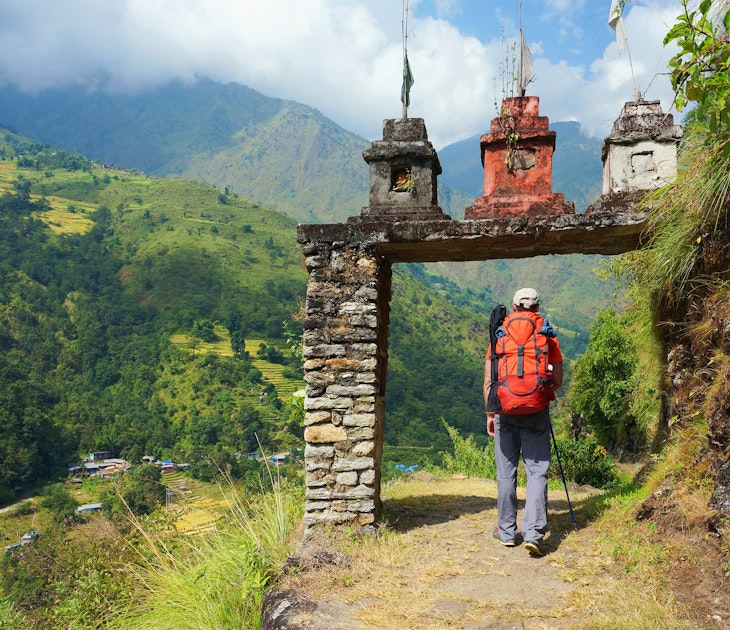
Mar 14, 2023 • 4 min read
To reduce accidents and promote jobs, Nepalese authorities recently announced a ban on solo trekking in national parks and conservation areas.

Jul 13, 2022 • 8 min read

Jan 31, 2022 • 6 min read
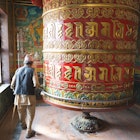
Jan 9, 2022 • 8 min read

Sep 14, 2021 • 11 min read

Jan 28, 2021 • 5 min read
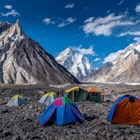
Jan 12, 2021 • 7 min read
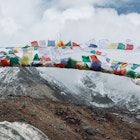
Dec 10, 2020 • 6 min read
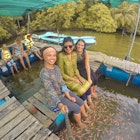
Jan 7, 2020 • 6 min read
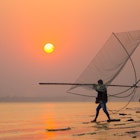
Oct 10, 2019 • 9 min read
Mount Everest Expedition
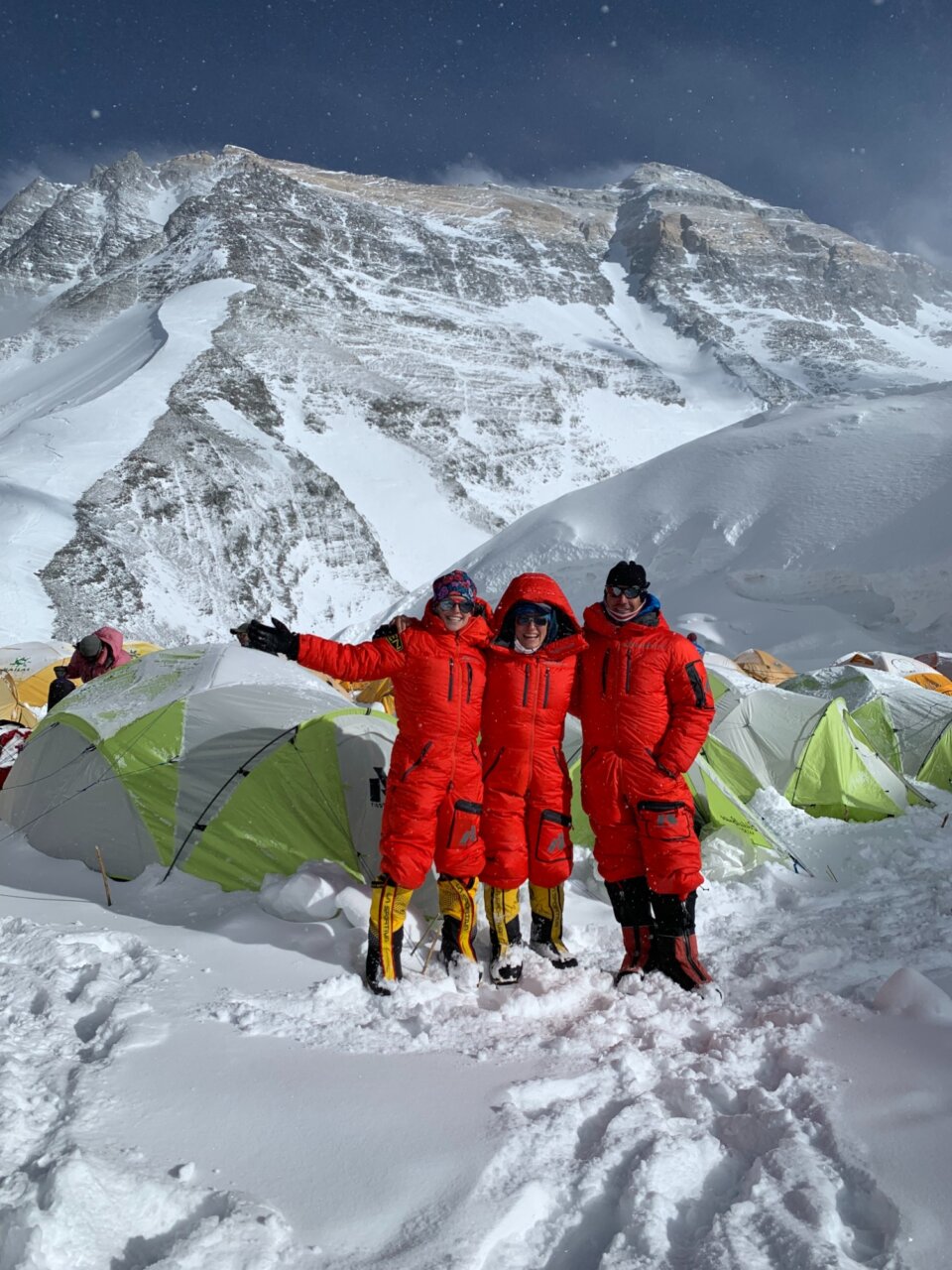
Mount Everest North Side Expedition
The Alpenglow Approach on Everest has been developed over the last two decades and culminates in the best experience possible on Everest.
- IFMGA Certified Expedition Leaders
- Professionally Trained and Certified Mountain Guides
- Rapid Ascent™ Hypoxico Rental Included
- Climb from the safer, cleaner North Side
- Experienced, trained Sherpa
- High End Base Camp and Mountain Infrastructure
- Expedition Doctor on call 24/7
- Full Time Office Support Staff
- Sell Out Risk High April 28, 2024 – June 02, 2024
- April 27, 2025 – June 01, 2025
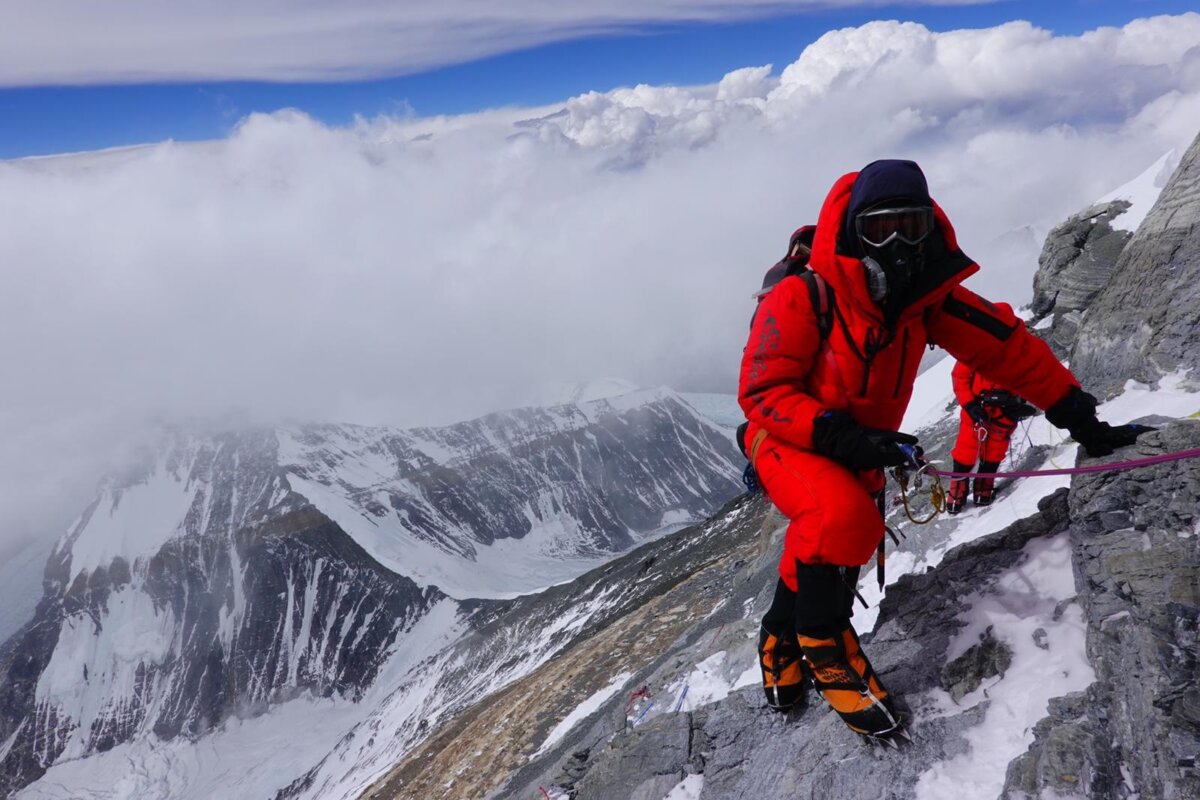

Questions about Mount Everest?
Technical experience, altitude experience.

Everest Itinerary
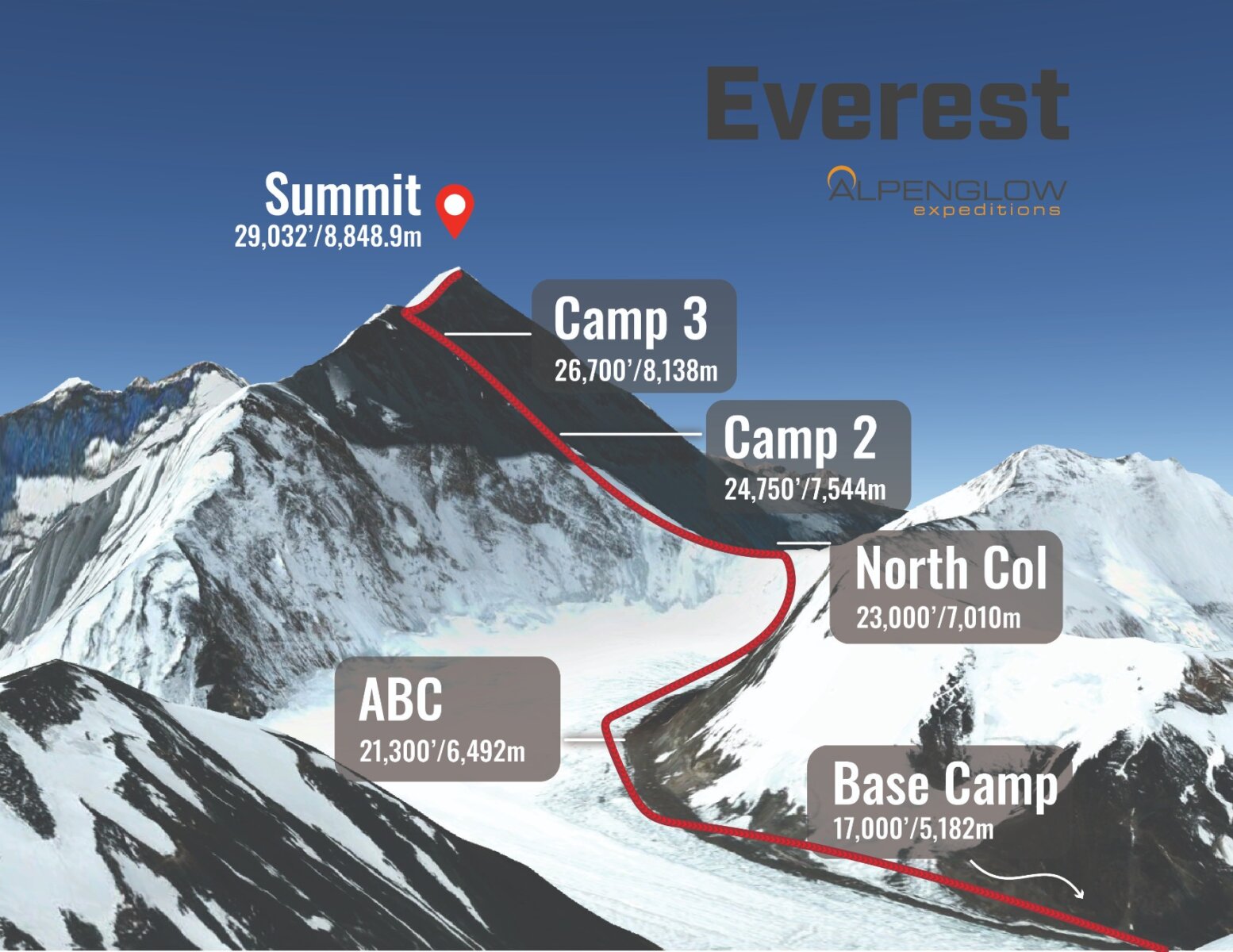
Climbers fly into Chengdu, China, arriving by the evening. Arriving into either CTU or TFU airports are acceptable. CTU airport is closer to the hotel we’re staying at.
Sleeping Elevation: 1,600’/488m Lodging: St. Regis Hotel Meals: None
Fly by plane to Lhasa (12,000’/3,658m). These flights are usually in the morning, getting climbers to Lhasa mid-day. From the airport it is an hour drive into Lhasa, where we have a bit of time to walk around the old city, and enjoy a traditional Tibetan dinner.
Sleeping Elevation: 12,000’/3,658m Lodging: TBA Meals: Breakfast
The Potala Palace, former home of the Dalai Lama, and ancient Jokhang Monastery, are two of Tibet’s most important cultural sites, and imperative to beginning to understand this unique place. After a morning exploring with our local guide, we drive a few hours along the now paved road to Everest, stopping for the night in Shigatse, and our simple but clean hotel.
Distance Covered: 180 mile drive Moving Hours: 5-6 hours Elevation Gain/Loss: +600’/183m Sleeping Elevation: 12,000’/3,658m Lodging: Hotel in Shigatse Meals: Breakfast
From Shigatse, the drive takes you closer and closer to the massive mountains rising ahead. To aid in our acclimatization, the team will spend the night in Shegar. This small town is only a few hours from base camp and gives our bodies needed time to further acclimatize for the days and weeks ahead.
Distance Covered: 160 mile drive Moving Hours: 5-6 hours Elevation Gain/Loss: +1,600’/488m Sleeping Elevation: 14,200’/4,328m Lodging: Hotel in Shegar Meals: Breakfast
We will continue along the Tibetan Plateau until you begin to see views of Everest itself. From there you leave the main road and follow the valley to the Rongbuk Monastery. Built around numerous ancient meditation caves, the monastery serves as a sacred threshold to Mt Everest, and gives you the first head-on views of the peak. After exploring the monastery and lunch, you continue driving into our base camp, where we settle in.
Distance Covered: 70 mile drive Moving Hours: 3 hours Elevation Gain/Loss: +2,800’/853m Sleeping Elevation: 17,000’/5,182m Lodging: Base Camp Meals: Breakfast, Lunch & Dinner
Our camp offers excellent food, comfortable tents, and important amenities (heated dining tents, electricity, etc.). We allow our bodies to continue their acclimatization, and spend the day organizing equipment and logistics.
Sleeping Elevation: 17,000’/5,182m Lodging: Base Camp Meals: Breakfast, Lunch & Dinner
Today we do an acclimatization hike above camp, returning in time for lunch and rest before tomorrow’s move.
Today you will review the equipment and skills needed for moving over the technical ground that will be found higher on the mountain.This fixed line training day is an important step on your journey, and is great for getting to know your guides and teammates.
Distance Covered: Varies Moving Hours: Varies Elevation Gain/Loss: Varies Sleeping Elevation: 17,000’/5,182m Lodging: Base Camp Meals: Breakfast, Lunch & Dinner
After several days in BC, you are ready to push a little higher and longer out of camp. Acclimatization hikes vary, but a solid half-day and a couple thousand vertical feet under your belt does wonders for acclimatization.
Distance Covered: 4-6 miles Moving Hours: 4-6 hours Elevation Gain/Loss: +/- 2,000’/610m Sleeping Elevation: 17,000’/5,182m Lodging: Base Camp Meals: Breakfast, Lunch & Dinner
One final rest day will complete your initial acclimatization in base camp.
We split the move to Advanced Base Camp in two, today moving 6 miles to Interim Camp. While this camp is simple, you will still enjoy comfortable sleeping, dining, and excellent food. The location is incredible, surrounded by penitentes (ice towers) and moraines.
Distance Covered: 6 miles Moving Hours: 4-5 hours Elevation Gain/Loss: +2,000’/610m Sleeping Elevation: 19,000’/5,791m Lodging: Interim Camp Meals: Breakfast, Lunch & Dinner
Six miles of hiking along the moraine and glacier bring us to Advanced Base Camp, our home on the side of the East Rongbuk Glacier. This camp, our main one for the duration of the expedition, is established with as much comfort as possible to balance life in the harsh environment.
Distance Covered: 6 miles Moving Hours: 5-6 Elevation Gain/Loss: +2,300’/701m Sleeping Elevation: 21,300’/6,492m Lodging: Advanced Base Camp Meals: Breakfast, Lunch & Dinner
Our bodies need time to acclimatize to over 21,000 feet. We utilize the days re-visiting required fixed rope and climbing skills, taking short acclimatization hikes, and eating and resting in our impressive camp.
Sleeping Elevation: 21,300’/6,492m Lodging: Advanced Base Camp Meals: Breakfast, Lunch & Dinner
Today you will push up to the head of the East Rongbuk glacier and the start of the technical climbing. This acclimatization hike delivers absolutely stunning views of the Northeast Face of Everest and across to the beautiful Lhakpa Ri.
Distance Covered: 2.5 miles Moving Hours: 3-5 hours Elevation Gain/Loss: +/- 1,000’/305m Sleeping Elevation: 21,300’/6,492m Lodging: Advanced Base Camp Meals: Breakfast, Lunch & Dinner
Again, a day of rest aids our body in acclimatization
A 4-6 hour climb takes us from the edge of the East Rongbuk Glacier up progressively steepening snow slopes. The 2,000 foot climb is an excellent time to focus on crampon efficiency and fixed rope technique, and arriving at the North Col is hard-earned.
Distance Covered: 1.8 miles Moving Hours: 4-6 hours Elevation Gain/Loss: +1,700’/518m Sleeping Elevation: 23,000’/7,010m Lodging: North Col Camp Meals: Breakfast, Lunch & Dinner
We descend quickly via rappels and arm-wrapping back to our camp on the side of the glacier. Our bodies will need rest, but now feel strong and able to recover at Advanced Base Camp.
Distance Covered: 1.8 miles Moving Hours: 1.5-2 hours Elevation Gain/Loss: -1,700’/518m Sleeping Elevation: 21,300’/6,492m Lodging: Advanced Base Camp Meals: Breakfast, Lunch & Dinner
Depending on whether we have an early or late summit window, two different itineraries are possible. This itinerary reflects the early summit window
Now that you have spent a significant amount of time acclimatizing, it’s possible to actually rest and recover at the altitudes of ABC. You and your team will spend 2 days resting, eating, hydrating and prepping for the summit push.
Today you start your summit push. Weeks of work have prepared your mind and body for the extreme environment found above, it’s time to put yourself to the test. Retracing your steps from the previous days, you hike along the East Rongbuk and up the snow and ice slopes to the North Col. You will use supplementary oxygen for the first time at the North Col, .5 liter flow will help you sleep and wake up ready to move higher.
The climb to Camp 2 follows a wide ribbon of snow along the ridge, with the massive North and Northeast faces flanking you on either side. The path to the summit now seems tantalizingly close, but you must move slowly and take your time. We are now entering the world of extreme altitude.
Distance Covered: 1 mile Moving Hours: 3-4 hours Elevation Gain/Loss: +1,750’/533m Sleeping Elevation: 24,750’/7,544m Lodging: Camp 2 Meals: Breakfast, Lunch & Dinner
Passing through the mythical line marking 8,000m/ 26,200 feet, you climb higher still. Now predominantly climbing through rock, C3 is perched on a feature directly below the “exit cracks”, which guard access to the upper North Ridge. C3 is located higher than most mountains on earth, the views are both beautiful and far- reaching. Tomorrow is “the big day”, you will get into your tent early and eat, rest and hydrate in preparation for the arduous task ahead.
Distance Covered: .75 miles Moving Hours: 3-4 hours Elevation Gain/Loss: +1,950’/594m Sleeping Elevation: 26,700’/8,138m Lodging: Camp 3 Meals: Breakfast, Lunch & Dinner
Today is the day that you will put your years of training and preparation to the ultimate test. Waking in the middle of the night, your route finds you winding up through the exit cracks and onto the upper North Ridge. There are 3 steep rock steps to negotiate, and the exposure builds and there is now ten thousand feet of relief on either side of the narrow summit ridge. After passing the difficulties of the third step, the summit prayer flags are visible and the path is straightforward.
While the experience of summiting Everest is different for every climber lucky enough to attain that rarified air, one thing is certain: You will never forget those few moments spent standing on the roof of the world. The way down is long and challenging, you will descend all the way down to the North Col, reversing the difficulties of the steps and slowly drifting into the thicker and thicker air of the lower mountain. If you and your team are particularly motivated, it is possible to descend all the way to ABC.
Distance Covered: 4.2 miles Moving Hours: 12-14 hours Elevation Gain/Loss: +2,329’/-6,029’ Sleeping Elevation: 23,000’/7,010m Lodging: North Col Camp Meals: Breakfast, Lunch & Dinner
Finishing the descent of the mountain proper, the ABC team will welcome you with hot food, drinks and showers.
Activity: Descend to ABC Distance Covered: 1.8 miles Moving Hours: 1.5-2 hours Elevation Gain/Loss: -1,700’/518m Sleeping Elevation: 21,300’/6,492m Lodging: Advanced Base Camp Meals: Breakfast, Lunch & Dinner
These extra days can be used in case the team, the weather or other variables require additional time to make a summit push. We’ve seen early and late weather windows that are suitable for a summit push, these extra days gives us flexibility in the planning of our summit push.
Today you will say goodbye to much of the mountain staff and make the long walk down to base camp. Leaving behind the world of ice and glaciers, the thick air of base camp will feel like a luxury!
Activity: Descend to BC Distance Covered: 12 miles Moving Hours: 4-8 hours Elevation Gain/Loss: -4,300’/1,311m Sleeping Elevation: 17,000’/5,182m Lodging: Base Camp Meals: Breakfast, Lunch & Dinner
A relaxed morning will give way to a busy day celebrating, packing and getting ready for your journey home. Tonight marks the end of the expedition, you and your team will gather around the dinner table and hold a final celebration meal to close out your time spent in Tibet.
Activity: Rest and Celebrate Sleeping Elevation: 17,000’/5,182m Lodging: Base Camp Meals: Breakfast, Lunch & Dinner
Waking early, it’s time to leave the mountain. An all day drive will bring you back to Shigatse, the massive form of Everest and the other Himalayan giants slowly fading in your rearview mirror.
Activity: Drive to Shigatse Distance Covered: Drive 230 miles Moving Hours: 8-9 hours Elevation Gain/Loss: -4,400’/1,341m Sleeping Elevation: 12,600’/3,840m Lodging: Base Camp Meals: Breakfast, Lunch & Dinner
Your morning flight to Chengdu arrives midday, most team members will choose to catch their international flights home that evening. You can elect to arrange an extra hotel night in Chengdu and fly home the next morning.
Activity: Fly to Chengdu Moving Hours: 3.5 flight Elevation Gain/Loss: -11,000’/3,353m Sleeping Elevation: 1,600’/488m Lodging: Hotel or fly home Meals: Breakfast
Depending on whether we have an early or late summit window, two different itineraries are possible. The early & late summit window itineraries are the same up until Day 17. The following itinerary is for the possibility of a late summit window
There are a variety of reasons that we might want to delay our summit bid, be it that our climbers need additional rest or we’re waiting for a better weather window. If we decide to opt for the “Late Summit Window” itinerary, today we’ll cover a lot of ground descending from ABC back to Everest Base Camp to recharge at lower altitude for a few days.
Activity: Descend to EBC Distance Covered: 12 miles Moving Hours: 5-6 hours Elevation Gain/Loss: -4,300’/1,311m Sleeping Elevation: 17,000’/5,182m Lodging: Everest Base Camp Meals: Breakfast, Lunch & Dinner
We’ll spend a few days resting and recuperating down at the “low” altitude of 17,000’. Sleeping will be easier and we’ll have access to excellent food down at Base Camp.
Activity: Rest in Base Camp Sleeping Elevation: 17,000’ Lodging: Everest Base Camp Meals: Breakfast, Lunch & Dinner
After a few days of fantastic rest at base camp, hopefully we have an opportunity for a better summit window. Today it’s time to start moving up again. We split the move to Advanced Base Camp in two, moving 6 miles to Interim Camp. While this camp is simple, you will still enjoy comfortable sleeping, dining, and excellent food. The location is incredible, surrounded by penitentes (ice towers) and moraines.
Activity: Climb to Interim Camp Distance Covered: 6 miles Moving Hours: 3-5 hours Elevation Gain/Loss: +2,000’/610m Sleeping Elevation: 19,000’/5,791m Lodging: Interim Camp Meals: Breakfast, Lunch & Dinner
Six miles of hiking along the moraine and glacier bring you to back to Advanced Base Camp, our familiar “home” for the duration of the expedition. It’s nice to be back at elevation with an expansive view of the entire North Ridge, rising from the East Rongbuk all the way to the lofty summit, almost eight thousand feet above.
Activity: Climb to ABC Distance Covered: 6 miles Moving Hours: 3-5 hours Elevation Gain/Loss: +2,300’ Sleeping Elevation: 21,300′ Lodging: ABC Meals: Breakfast, Lunch & Dinner
Now that you have acclimatized thoroughly, it’s possible to actually rest and recover at the altitudes of ABC. Today you and your team will spend the day resting, eating, hydrating and prepping for the summit push.
Activity: Rest in ABC Sleeping Elevation: 21,300’/6,492m Lodging: Advanced Base Camp Meals: Breakfast, Lunch & Dinner
Today you start your summit push. Weeks of work have prepared your mind and body for the extreme environment found above, it’s time to put yourself to the test. Retracing your steps from the previous days, you hike along the East Rongbuk and up the snow and ice slopes to the North Col. You will use supplementary oxygen for the first time at the North Col, 0.5 liter flow will help you sleep and wake up ready to move higher.
Activity: Climb to North Col Distance Covered: 1.8 miles Moving Hours: 4-5 hours Elevation Gain/Loss: +1,700’/518m Sleeping Elevation: 23,000’/7,010m Lodging: North Col Camp Meals: Breakfast, Lunch & Dinner
Activity: Climb to C2 Distance Covered:1 mile Moving Hours: 3-4 hours Elevation Gain/Loss: +1,750’/533m Sleeping Elevation: 24,750’/7,544m Lodging: Camp 2 Meals: Breakfast, Lunch & Dinner
Passing through the mythical line marking 26,200 feet/8,000m you climb higher still. Now predominantly climbing through rock, C3 is perched on a feature directly below the “exit cracks”, which guard access to the upper North Ridge. C3 is located higher than most mountains on earth, the views are both beautiful and far-reaching. Tomorrow is “the big day”, you will get into your tent early and eat, rest and hydrate in preparation for the arduous task ahead.
Activity: Climb to C3 Distance Covered: 0.75 miles Moving Hours: 3-4 hours Elevation Gain/Loss: +1,950’/5,934m Sleeping Elevation: 26,700’/8,138m Lodging: Camp 3 Meals: Breakfast, Lunch & Dinner
Today is the day that you will put your years of training and preparation to the ultimate test. Waking in the middle of the night, your route finds you winding up through the exit cracks and onto the upper North Ridge. There are 3 steep rock steps to negotiate, and the exposure builds and there is now ten thousand feet of relief on either side of the narrow summit ridge. After passing the difficulties of the third step, the summit prayer flags are visible and the path is straightforward. While the experience of summiting Everest is different for every climber lucky enough to attain that rarified air, one thing is certain: You will never forget those few moments spent standing on the roof of the world. The way down is long and challenging, you will descend all the way down to the North Col, reversing the difficulties of the steps and slowly drifting into the thicker and thicker air of the lower mountain. If you and your team are particularly motivated, it is possible to descend all the way to ABC.
Activity: Summit Day Distance Covered: 4.2 miles Moving Hours: 12-14 hours Elevation Gain/Loss: +2,329’/-6,029’ ; +710m/1,838m Sleeping Elevation: 23,000’/7,010m Lodging: North Col Camp Meals; Breakfast, Lunch & Dinner
Activity: Descend to ABC Distance Covered: 1.8 miles Moving Hours: 1.5-2 hours Elevation Gain/Loss: -1,700’/518m Sleeping Elevation: 21,300’/6,492m Lodging: Advanced Base Camp Meals: Breakfast, Lunch & Dinner
Activity: Descend to EBC Distance Covered: 12 miles Moving Hours: 4-8 hours Elevation Gain/Loss: -4,300’/1,311m Sleeping Elevation: 17,000’/5,182m Lodging: Everest Base Camp Meals: Breakfast, Lunch & Dinner
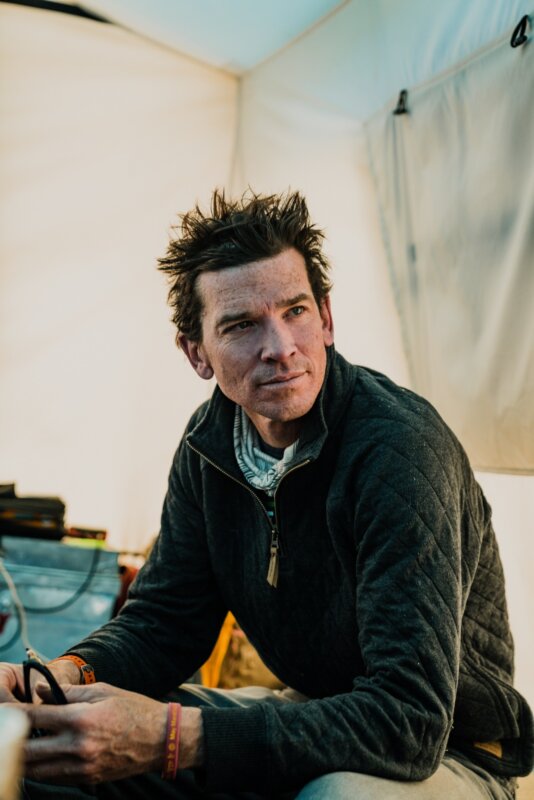
Ask us anything about Everest
Faq’s about everest.
The top of Mt. Everest is engulfed by the jet stream for a major part of the year, making climbing near impossible due to high winds and extreme sub zero temperatures. It is only when the winds die down in May, that we have a so-called ‘Summit Window’, when conditions are safe enough for climbers to try and reach the summit. The other reason that climbers make summit attempts primarily in May is to avoid the harsh winter snows and summer monsoon rains.
HE COST OF YOUR TRIP INCLUDES YOUR LAND COSTS (EXCLUDING IN-TOWN MEALS). THIS INCLUDES: All lodging according to the itinerary, including single occupancy lodging while in Chengdu and Lhasa, and double occupancy in Shigatse and Tingri
Single occupancy in base camp and advanced base camp, double occupancy above ABC Breakfasts in town, all meals while on the mountain Group camping and climbing equipment All park/climbing permits Scheduled in-country transportation Airport transfers Certified guides Covid testing arrangements for re-entry into home country (does not include cost of test)
THE COST OF YOUR TRIP DOES NOT INCLUDE: Flights to/from the city where the expedition begins. Additional nights in hotel outside of the itinerary Airport taxes Visas In-town dinners Immunizations Tips for guides or local staff Travel, rescue, or any other type of insurance Hospitalization or evacuation costs Single supplement charges Excess baggage charges Alcohol Other personal expenses Antigen/PCR Covid test cost The costs of delays or changes to itinerary that are beyond the control of Alpenglow Expeditions or its agents are not included.
Traditionally, you would need up to three months to make the journey. It takes 19 days round trip to trek to and from Everest Base Camp. Once at Everest Base Camp it then takes an average of 40 days to climb to the peak of Mt. Everest. However, with Alpenglow’s Rapid Ascent protocol, we are able to complete an Everest expedition in just 36 days!
Mount Everest is located in the Mahalangur mountain range and is situated on the border of both China and Nepal.
Mount Everest is on the border of both China and Nepal. We climb Everest via Tibet (China) on the North side to avoid political instability, crowds on the South side, and the Khumbu icefall.
9 bottles of oxygen per climber. This allows us to use high-flow oxygen sleeping at Camps 2, 3 and 4, and to climb on a higher flow than other expeditions (2L from North Col-C2, and 4L from C2-C3, C3-C4, and C4-Summit-North Col), maximizing safety and success. Our Sherpa also climb and sleep on oxygen, which means they have more strength to focus on you and your ascent.
3:2 Sherpa to climber ratio. Having 3 Sherpa per 2 climbers ensures we have the strength necessary to carry loads, set camps, and assist climbers. All of our Sherpa on Everest have worked with us on many expeditions.
1:4 maximum guide to climber ratio. All guides are IFMGA qualified or aspirants working towards finishing their certification. This is the lowest member to guide ratio in the Himalaya.
Climbing Everest is a lifelong goal for many people. Often, an ascent of this peak is the crowning achievement of a climber’s high altitude career. Alpenglow Expeditions has very strict requirements to become a team member on one of our Everest expeditions, and it takes time to gain the necessary skills and experience. This is a multi year project for many people, starting with basic climbing instruction at one of our multi day climbing schools. Afterwards, larger and more complex mountains are attempted, culminating in an expedition to an 8000m peak, which is usually Cho Oyu. After all of this, a climber is now ready to be a team member on an attempt to climb Mt. Everest.
In order to join our Everest expedition, climbers must have experience on an 8000 meter peak. Many climbers gain this experience by joining our expedition to Cho Oyu or Gasherbrum II. Climbers must have solid ice and snow climbing experience, including the use of ice axe, crampons and fixed rope systems.
For 2015 and beyond, we have moved our operations to the North Side of Everest. With increasing stability in Tibet being contrasted by increasing instability in Nepal, the significantly safer and less crowded route from the North Side is an obvious choice for our teams. Our team’s strengths cater well to the increased remoteness of the North Side. Our Sherpa, guides, and support staff are unanimous that responsible climbing teams must avoid the increasingly unpredictable icefall and politics found on Everest’s South Side. Many members of our team (including Sherpa, cooks, doctor, and guides) have worked extensively on the North Side and make our team one of the most experienced to offer climbs from Tibet.
Please click here to review our international cancellation policy.
We always consider customs. Custom trips make up more than 50% of our groups. Please reach out to learn more!
Imported and local foods of the highest quality, combined with a Western-trained cook staff. Alpenglow has the best food on the mountain, ensuring your strength and health throughout the expedition.
Climbers must be in excellent physical shape to join this expedition. This is perhaps the most important aspect of high-altitude climbing, and cannot be stressed enough. Regular, challenging exercise for many months in advance of departure is the only way to gain the necessary level of fitness that is needed on big peaks. We highly recommend a structured training regime with a gym or personal trainer to assist you in preparing for climbing at altitude. Please contact us for more information on physical training.
We use a Swiss weather forecasting company. Having a quality forecast for our 8,000m peaks maximizes both our safety and our summit success.
Expedition doctor, Monica Piris, has been on fourteen 8,000-meter peak expeditions. While Dr. Piris does not travel with our team on all expeditions, she is in 24 communication with our expedition leaders. Dr. Piris also works with each member on his or her pre-acclimatization program.
Yes. Please reach out to our team with the details of your dietary restrictions and we’ll set you up for success.
We require Rescue Insurance on all of our international expeditions. Rescue insurance will help cover costs in the event that you need to be rescued off the mountain (Ex: Helicopter/medical evacuation). Travel Insurance (which we strongly recommend) can cover issues that would cause you to cancel your trip in advance, like illness. We do recommend Global Rescue who does offer a Comprehensive Travel Protection option to your required Rescue (Evacuation) Insurance.
Everest Equipment List
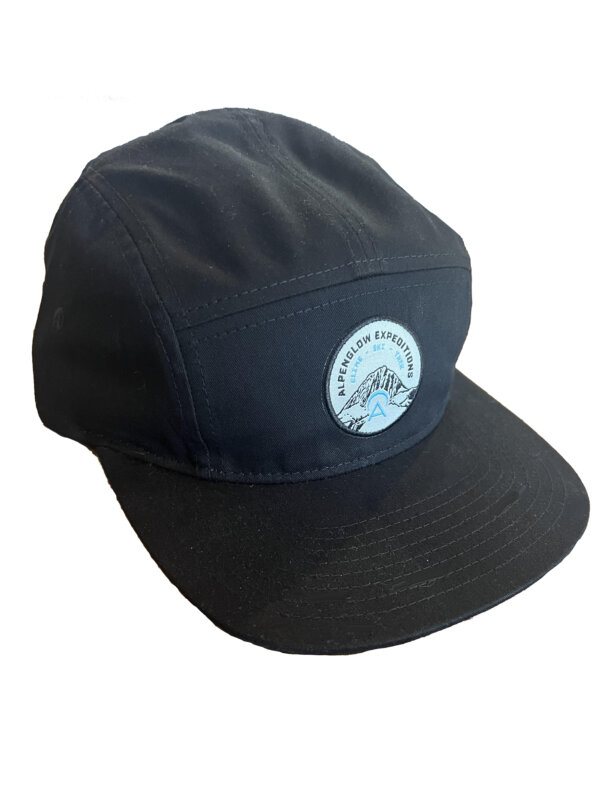
Bring your favorite baseball hat for shelter from the sun. No white under the brim – the reflection off of it from the sun is blinding.
Recommended: Alpenglow Hat
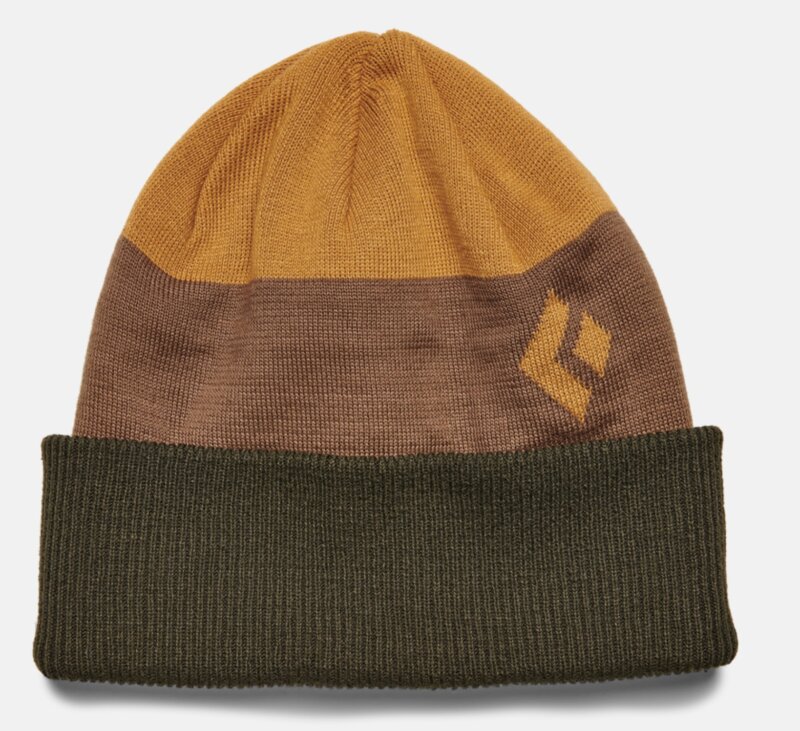
A comfortable, warm well-fitting hat that covers your ears. Make sure that one of your hats fits under a helmet.
Recommended: Black Diamond Levels Beanie

A multi-purpose neck gator that can also be worn under your hat. Make sure that it covers as much skin as possible and yet is still comfy.
Recommended: Alpenglow Buff
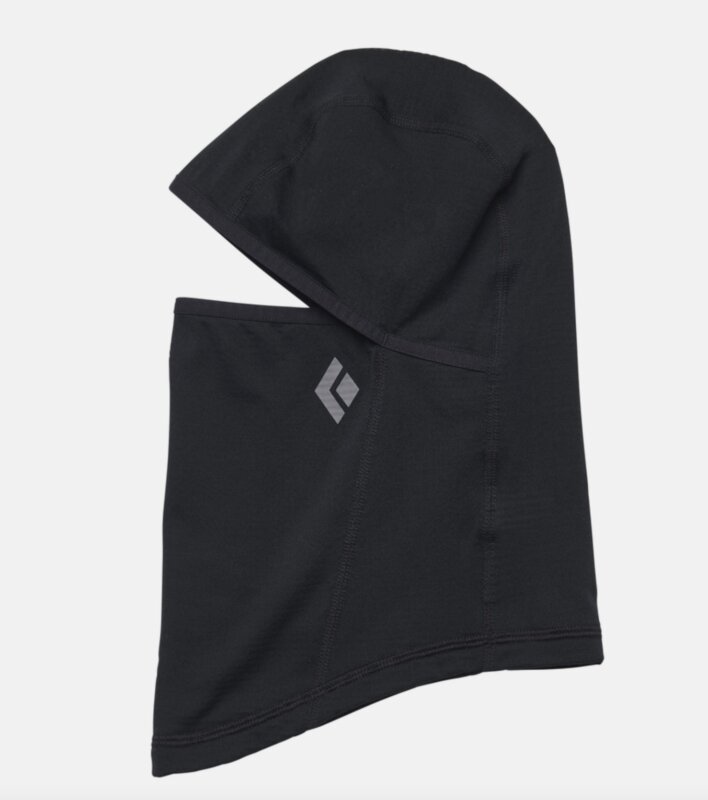
We recommend a tight-fitting balaclava that is worn under your hat. Make sure that it covers as much skin as possible, but is comfortable enough to wear for hours.
Recommended: Black Diamond Coefficient LT Balaclava
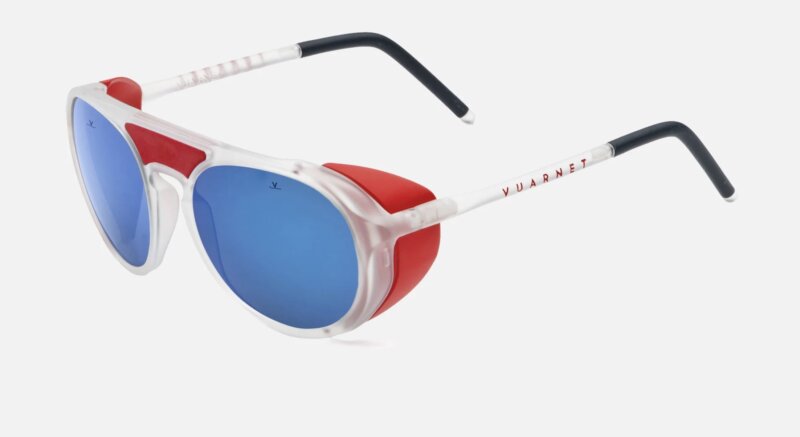
Must have dark lenses. Minimal light should come in below, above, or around the sides of the lenses.“Wrap” style is best. Ventilation is important and a retainer strap is very useful (Chums or Croakies).
Recommended: Vaurnet Ice Rounds
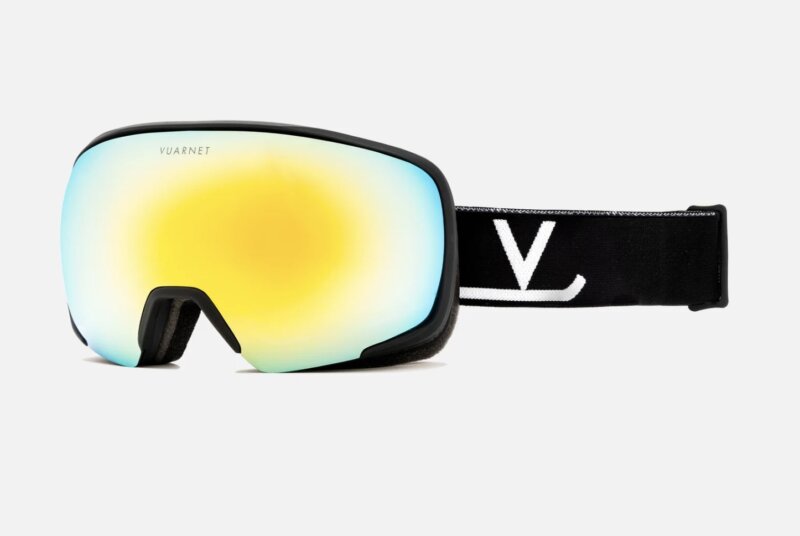
These will be worn on stormy or windy days. Make sure you are getting a snug fit with lenses for bright sun. Ventilation and anti-fog features are desired.
Recommended: Vuarnet Everest Goggles
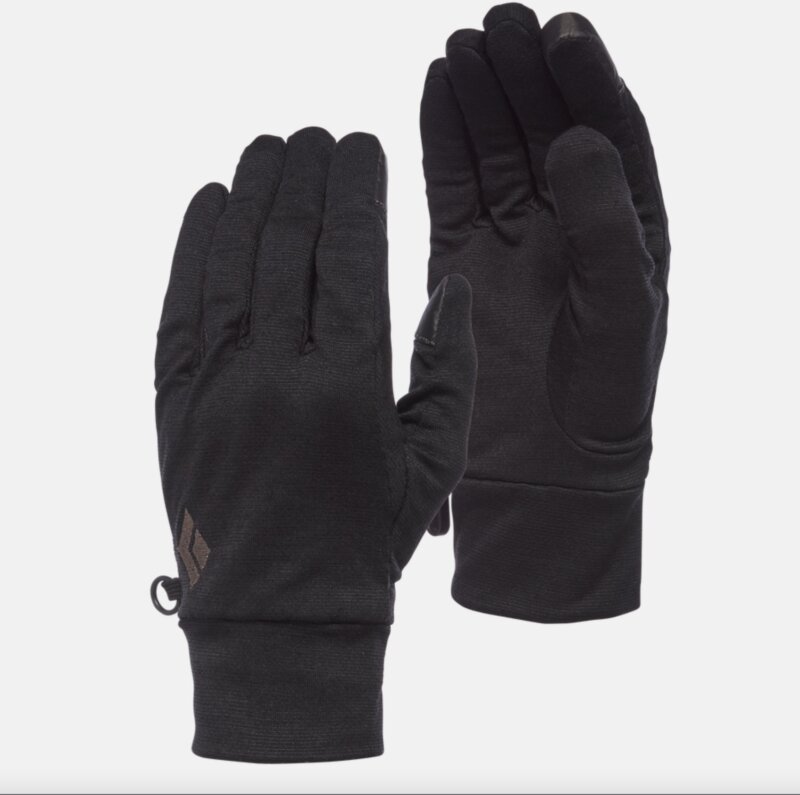
These gloves keep the inside of your mitts or other gloves from accumulating sweat on the inside and turning inside out when you take them off, as well as provide additional insulation.
Recommended: Black Diamond Lightweight Wooltech Gloves
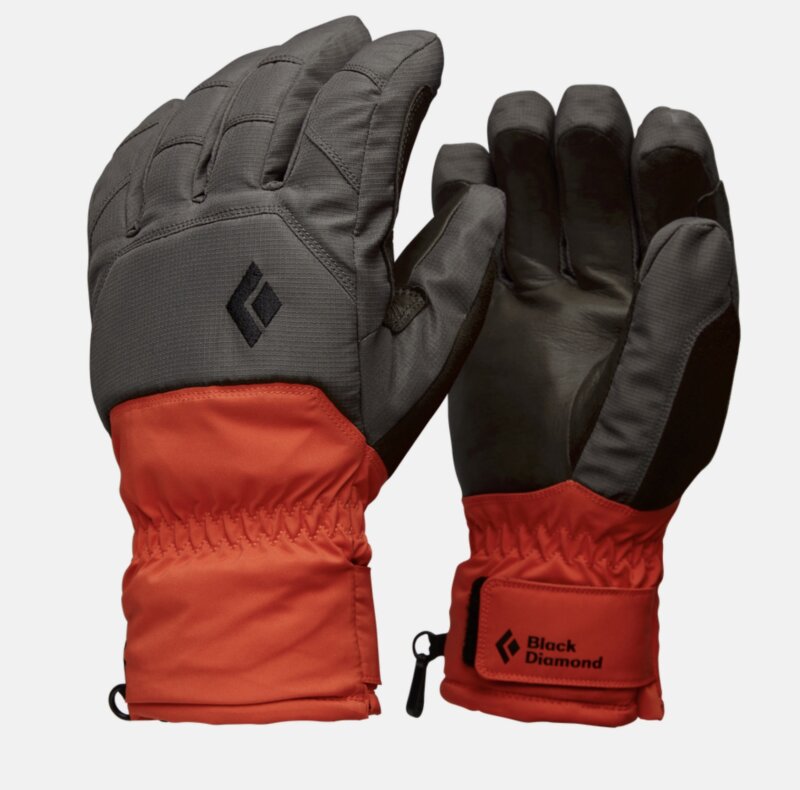
These gloves should be full GORE-TEX®, and insulated. These will be the workhorse glove for any expedition.
Recommend: Black Diamond Mission MX Gloves
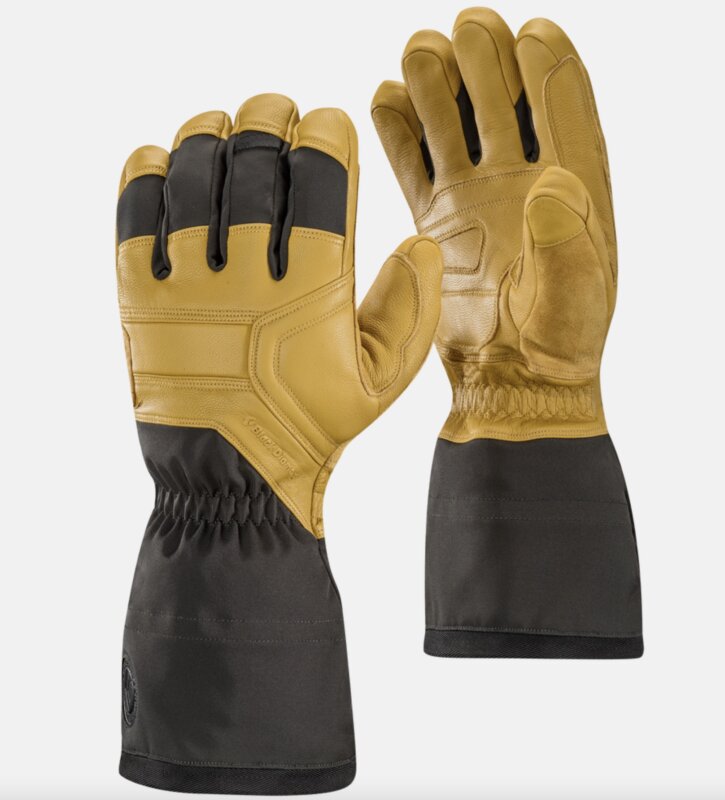
These gloves should be full GORE-TEX®, with a removable fleece liner (so you can take the liner out and dry it at night). These gloves are used at higher altitudes and are needed to keep your hands dry, and warm. Over the cuff style is desired.
Recommended: Black Diamond Guide Gloves
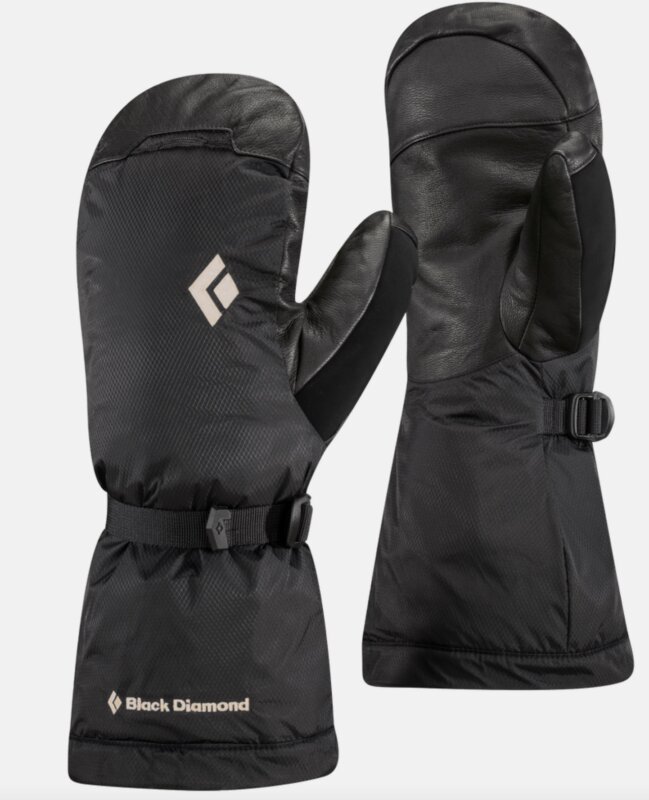
These mittens should be warm and worn over either a liner glove or a windstopper glove. Down mittens are not required. You should choose a pair that allows you to still operate locking carabiners.
Recommended: Black Diamond Absolute Mitts

Your everyday sock, good for day hikes, trekking, and in-town. It’s good to bring several pairs of these socks. NO COTTON.
Recommended: Darn Tough Hiking Sock
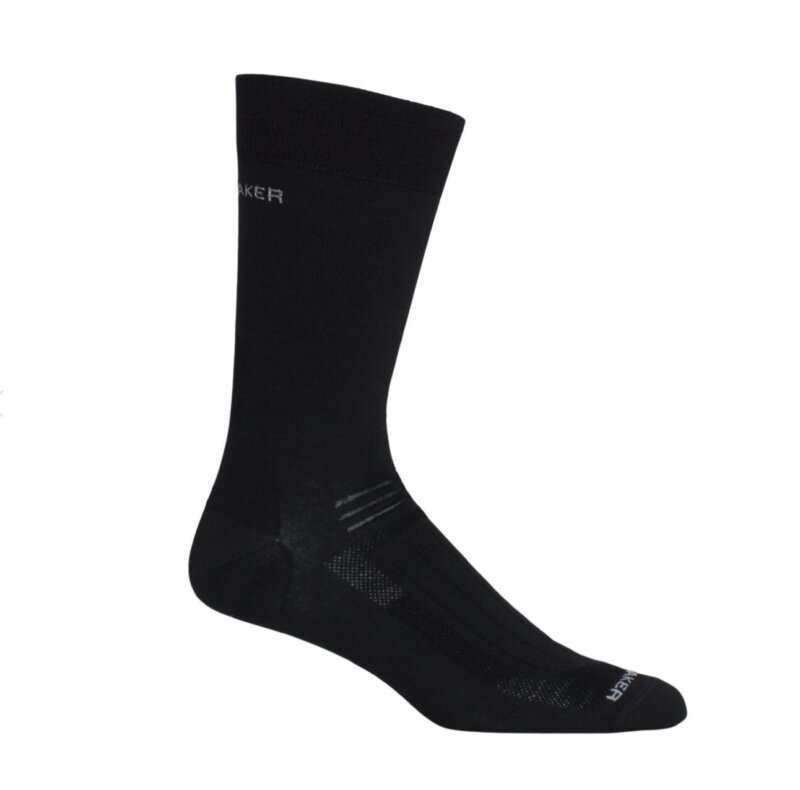
A super-thin wicking sock that repels moisture. Liner socks help to reduce the likelihood of blisters. The socks should be thin wool, nylon, or Capilene®. NO COTTON
Recommended: Ice Breaker Merino Liner

A wool synthetic blend. Pure rag wool socks are not nearly as effective in wicking moisture or retaining their shape and reducing blisters. Bring a few pairs of these socks. NO COTTON.
Recommended: Darn Tough Mountaineering Sock
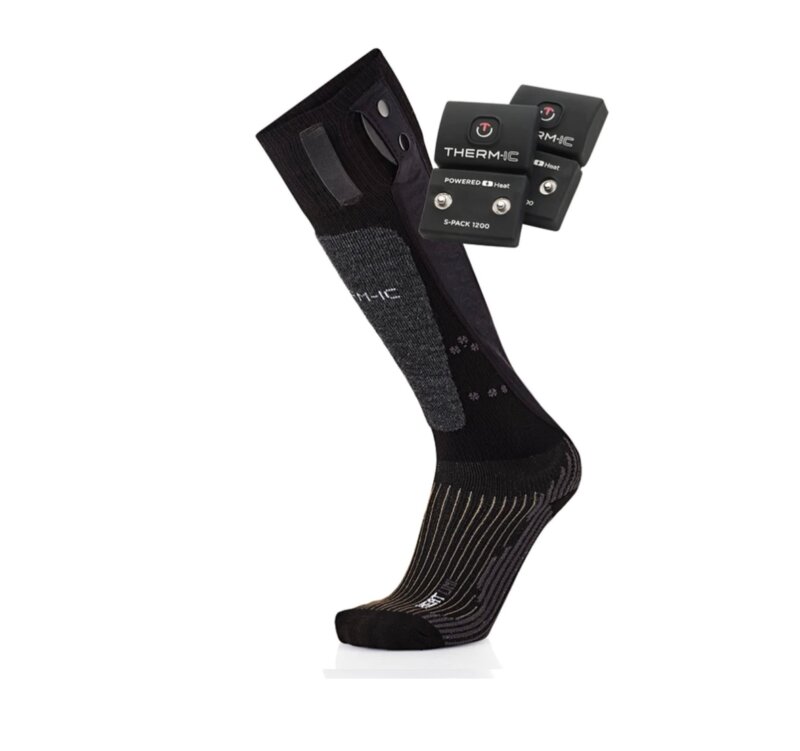
These are optional, but highly recommended. Bring 2 sets of batteries. Hotronics boot heaters are another option instead of heated socks, but socks are preferred by our guides.
Recommended: Sidas Sock Set V2 Uni S-1200
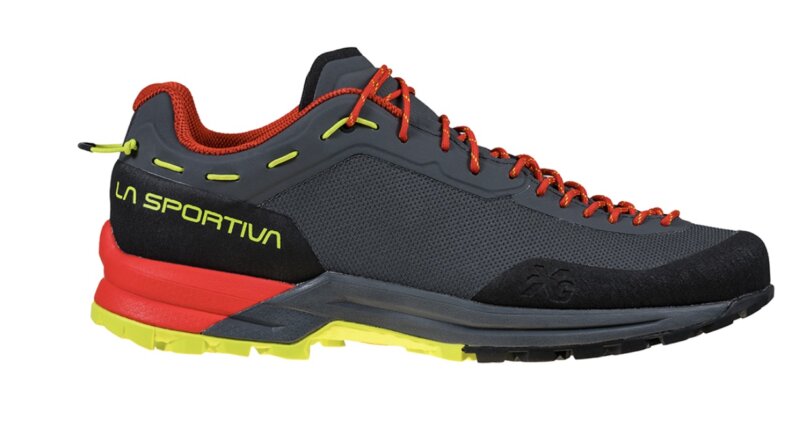
These light to mid-weight shoes are for everyday use. The ideal shoe is comfortable to wear for multiple days and scrambles decently on rock. A Gore-tex lined shoe stays drier when hiking in rain or snow.
Recommended: La Sportiva TX Guide
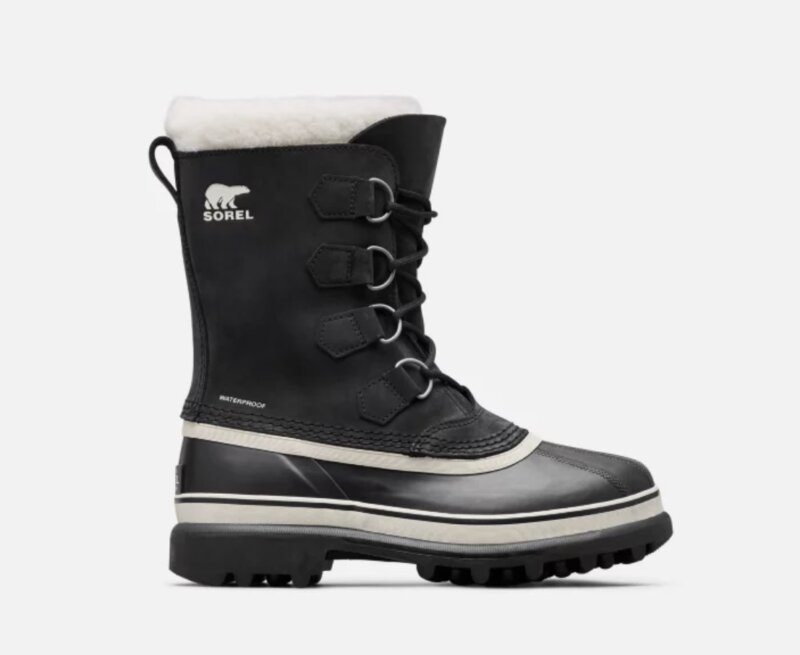
These snow boots are good for wearing around camp and should be comfortable when you slip into them after spending significant time in your mountain boots.
Recommended Men’s : Sorel Caribou Boot
Recommended Women’s: Sorel Caribou Boot
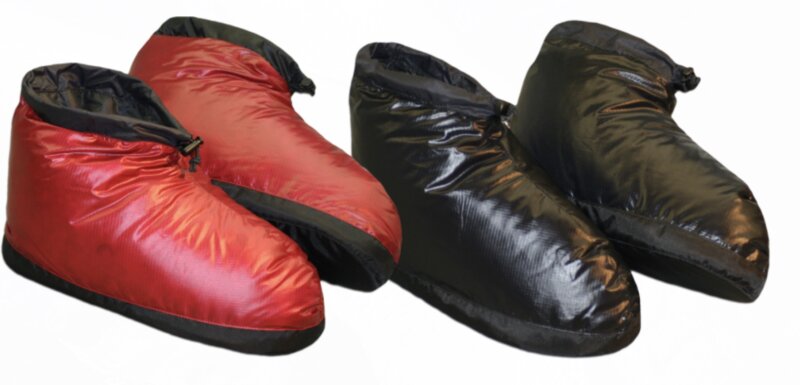
You’ll love having a warm, comfortable shoe to slip into when tent-bound. These are optional, but nice to have.
Recommended: Western Mountaineering Flash Down Booties
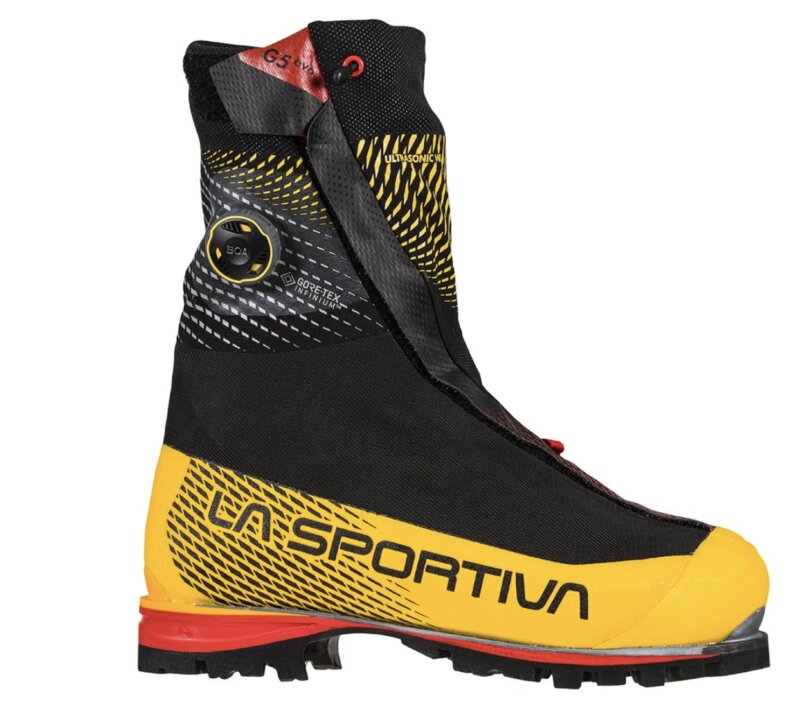
Should be warm single or double boots that have a stiff sole and accept a step-in crampon. The boots should be comfortable, have adequate wiggle room for your toes, and your heel should not lift more than 1/8th of an inch when walking. (If your feet run cold, we would recommend a double boot like the La Sportiva G2 Evo.) For our Introductory Climbing Schools, we have limited availability and sizes for free boot rentals. If you need rentals, please reach out to the office staff asap to ensure we have your size.
Recommended: La Sportiva G5 Evo
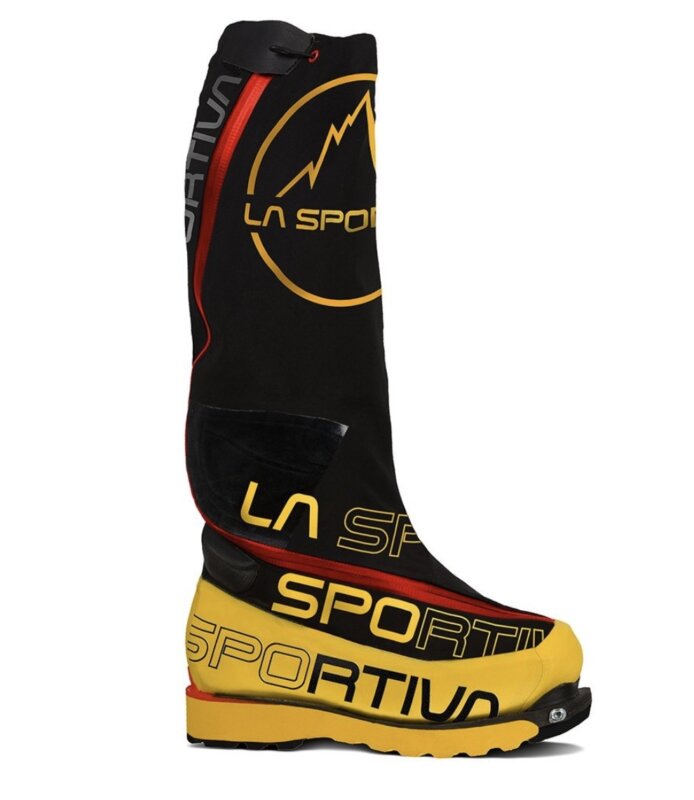
Fully insulated, double boots with an integrated gaiter. These boots are essential for 8000-meter peaks
Recommended: La Sportiva Olympus Mons

Ultra-light base layer that effectively wicks moisture away from your body and is breathable. Quick-dry is important as well. One light-colored shirt is recommended for extremely sunny days.
Recommended Men’s: Black Diamond Lightwire Short Sleeve
Recommended Women’s: Black Diamond Lightwire Short Sleeve

A long sleeve base layer that is fitted, lightweight and quick drying. Make sure it is long enough to tuck in.
Recommended Men’s: Black Diamond Coefficient Crew
Recommended Women’s: Black Diamond Solution Crew

A polar guard or fleece jacket. This mid-layer will be worn over your base layer most of the trip.
Recommended Men’s: Black Diamond Coefficient LT Quarter Zip
Recommended Women’s: Black Diamond Solution Quarter Zip

Lightweight, long-sleeve sun hoody that is great for protecting from the sun.
Recommended Men’s: Black Diamond Alpenglow Hoody
Recommended Women’s: Black Diamond Alpenglow Hoody
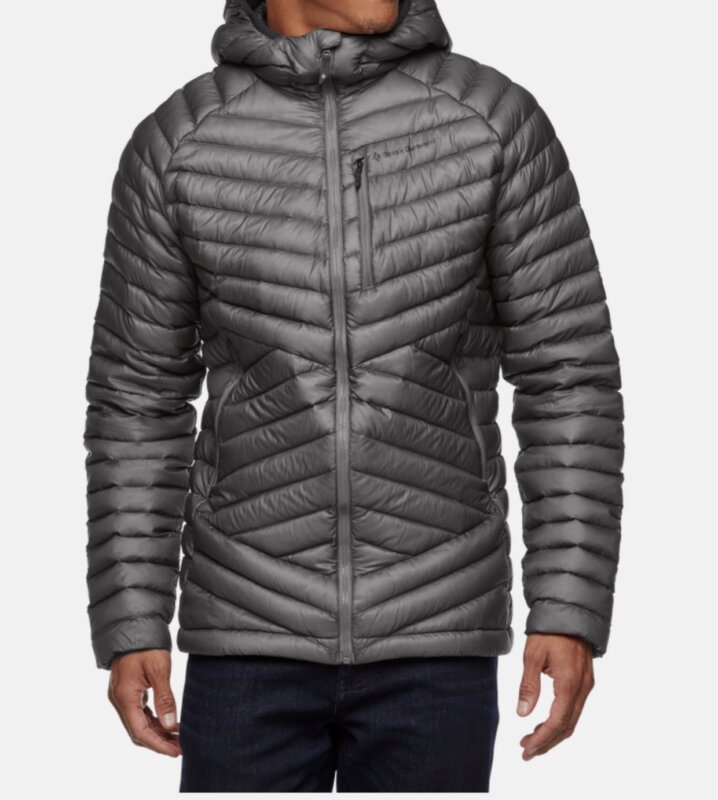
A simple, lightweight puffy jacket. This item is good for layering systems and staying warm. We recommend 800-fill down that is packable and resists inclement weather.
Recommended Men’s : Black Diamond Approach Down Hoody
Recommended Women’s: Black Diamond Approach Down Hoody
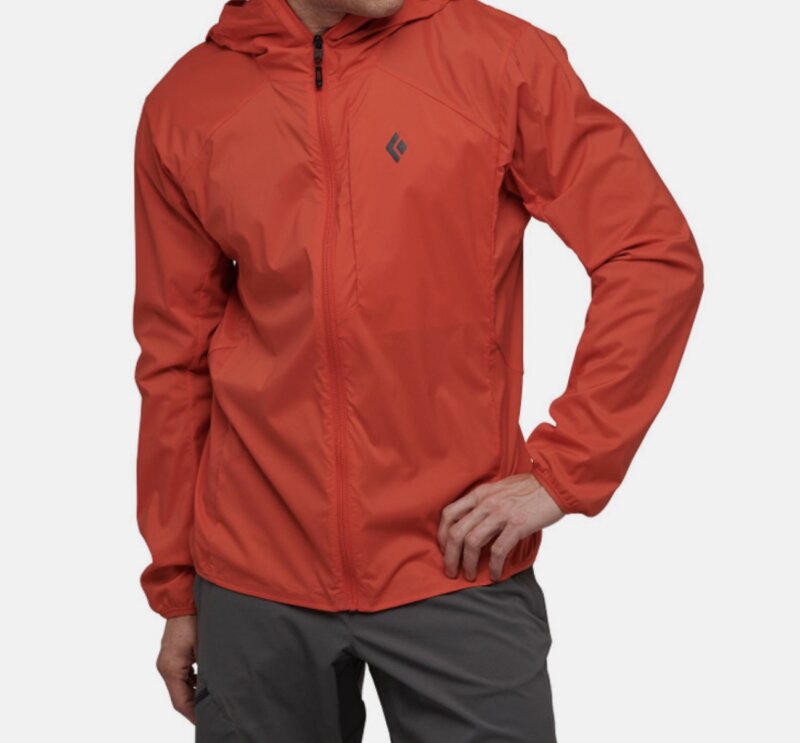
More breathable than Gore-tex, these soft shell jackets block wind and light precipitation and are great as an outer layer and warm layer under your parka.
Men’s Recommended: Black Diamond Alpine Start Hoody
Women’s Recommended: Black Diamond Alpine Start Hoody
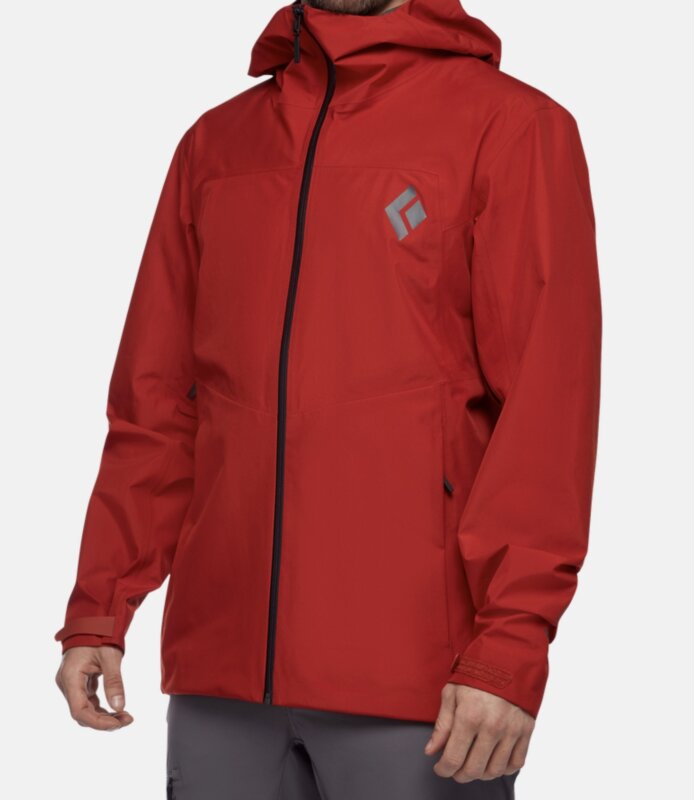
A lightweight, waterproof and breathable jacket WITH A HOOD that can withstand extreme weather conditions. Make sure you have pit-zips and if you are using an old jacket, re-waterproof it.
Recommended Men’s: Black Diamond Liquid Point Shell
Recommended Women’s: Black Diamond Liquid Point Shell

A puffy jacket with a hood that will keep you warm during the coldest of conditions. The higher the quality down, the better (800-fill is best). However, be sure the jacket is still lightweight.
Recommended Men’s: Black Diamond Vision Down Parka
Recommended Women’s: Black Diamond Vision Down Parka
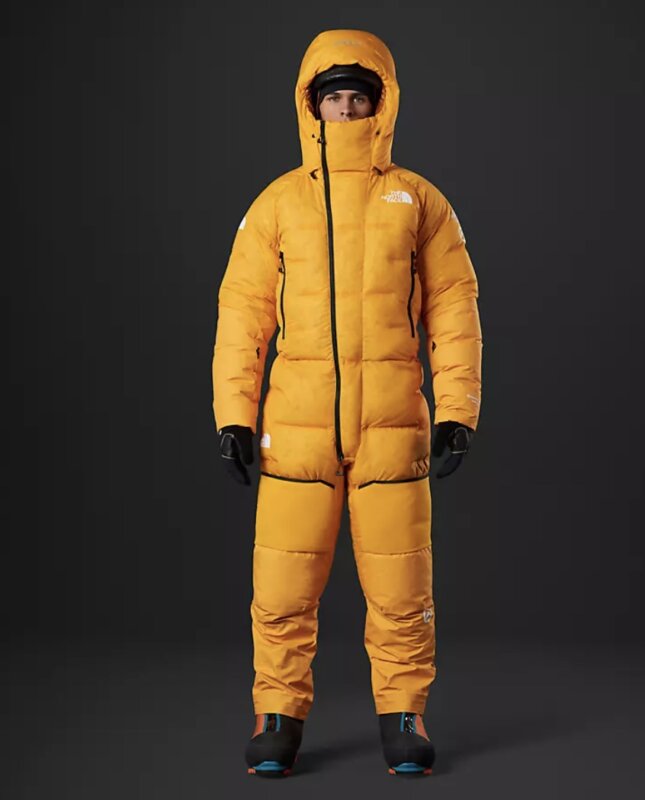
We HIGHLY recommend an 8000m insulated suit rather than a separate top and bottom.
Recommended Men’s: The North Face Down Suit
Recommended Women’s : The North Face Women’s Down Suit
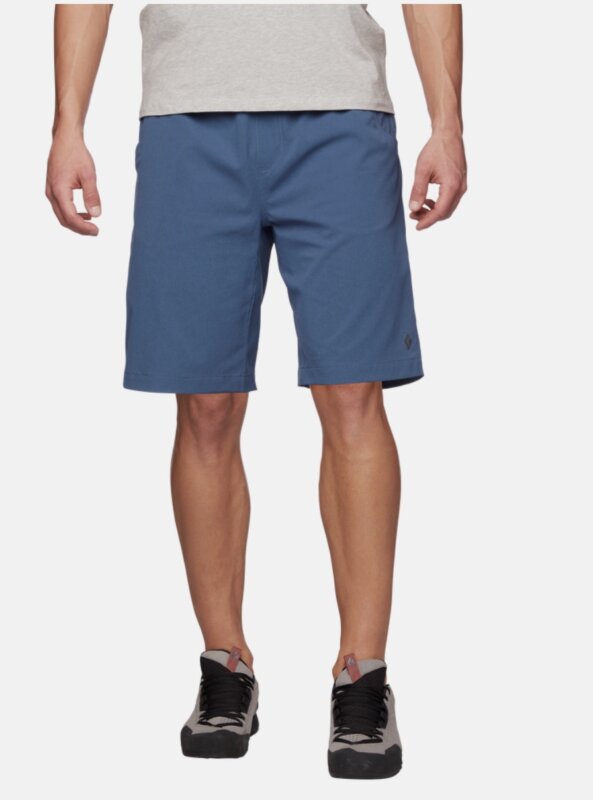
Throw these on under other layers for when the sun begins to beat, or you want to stretch / relax in Basecamp. Lightweight, durable and comfortable. NO COTTON.
Recommended Men’s: Black Diamond Sierra Shorts
Recommended Women’s: Black Diamond Sierra Shorts
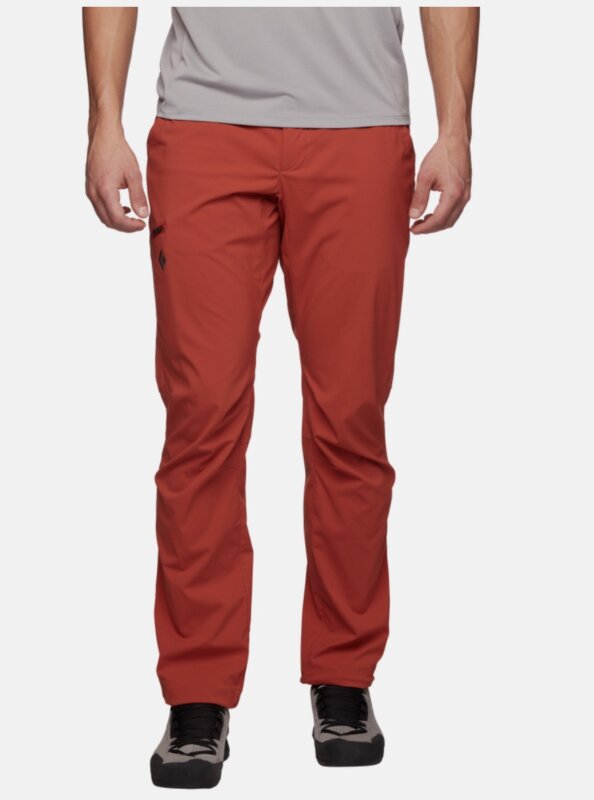
Lightweight, durable, quick-drying hiking pant that will be your day-to-day pant during the expedition
Men’s Recommended: Black Diamond Technician Alpine Pant
Women’s Recommended: Black Diamond Technician Alpine Pant
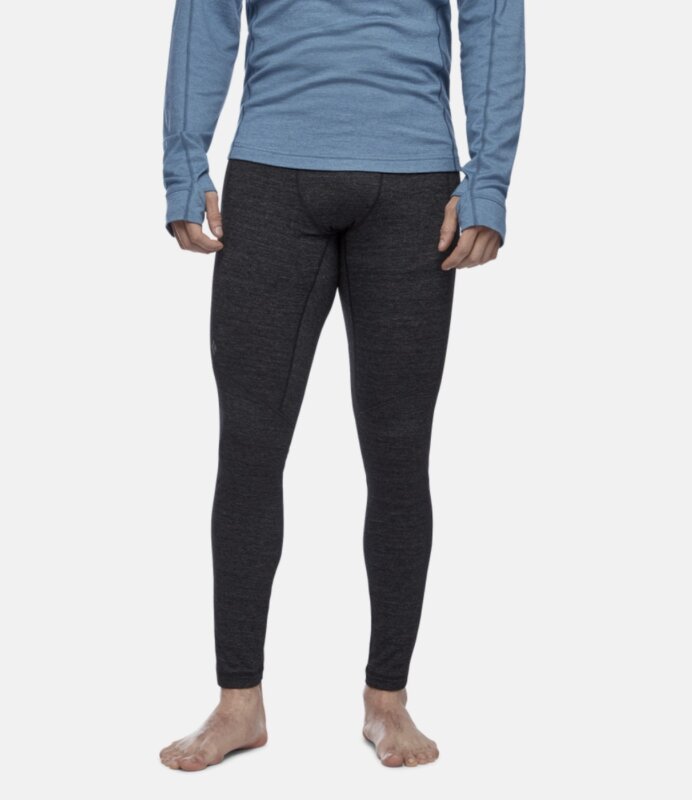
Fitted, light-weight, next to skin base layer.
Recommended Men’s: Black Diamond Mens Solution 150 Merino Bottoms
Recommended Women’s: Black Diamond Women’s Solution 150 Merino Bottoms

Fitted and quick drying. This piece will be a Mid-Weight Layer that will get you through a wide range of temperatures.
Recommended Men’s: Black Diamond Coefficient LT Pants
Recommended Women’s: Black Diamond Coefficient LT Pants

You will spend most of your days in these pants. Choose Schoeller® or a soft-shell equivalent. Breathable + water-resistant.
Men’s Recommended: Black Diamond Men’s Dawn Patrol Pants
Women’s Recommended: Black Diamond Women’s Dawn Patrol Pants
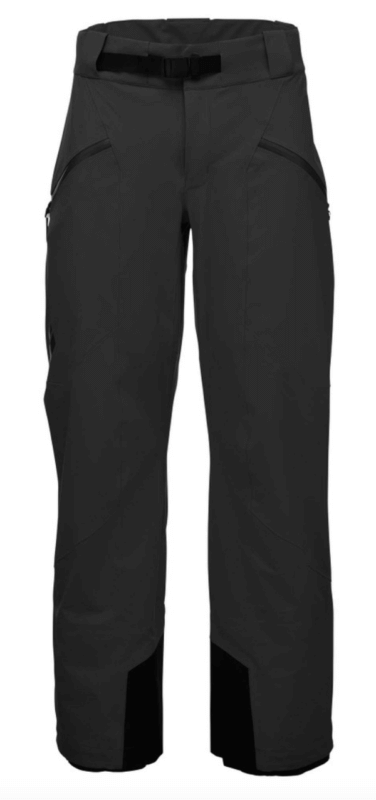
Your waterproof bottom layer for extreme weather days. Make sure you have water-resistant zippers, crampon patches + good pockets.
Recommended Men’s: Black Diamond Men’s Recon Stretch Pants
Recommended Women’s: Black Diamond Women’s Recon Stretch Pants
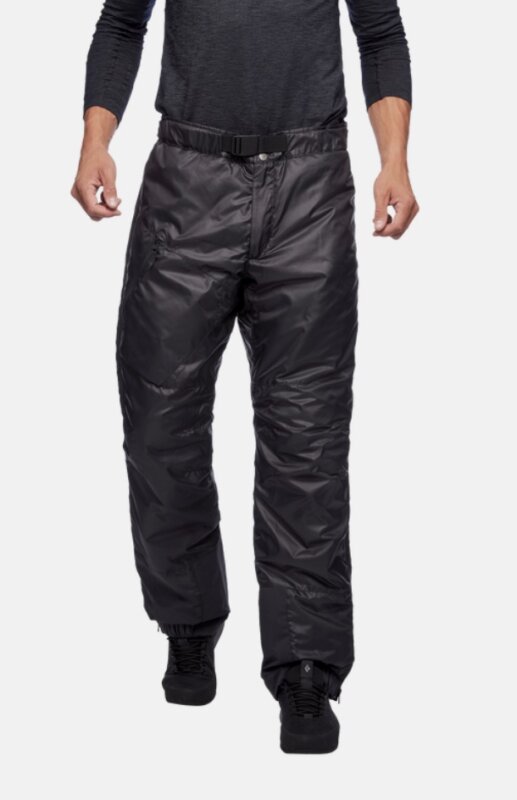
Full-length side zippers are recommended, for throwing on top of all of your layers.
Recommended: Black Diamond Stance Belay Pants
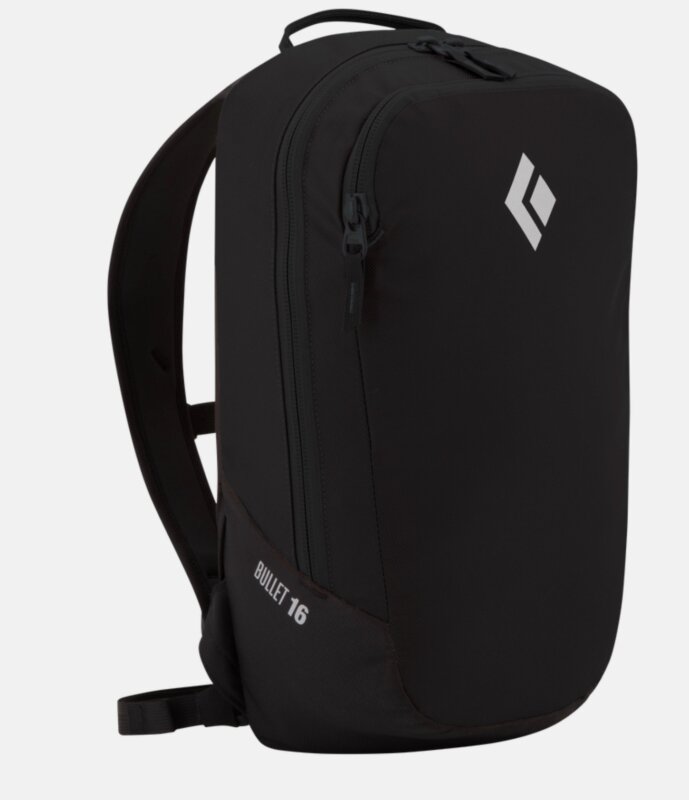
Mid-size pack for city days and trekking. Streamlined, neat and lightweight (10-20 liters).
Recommended: Black Diamond Bullet 16 Pack
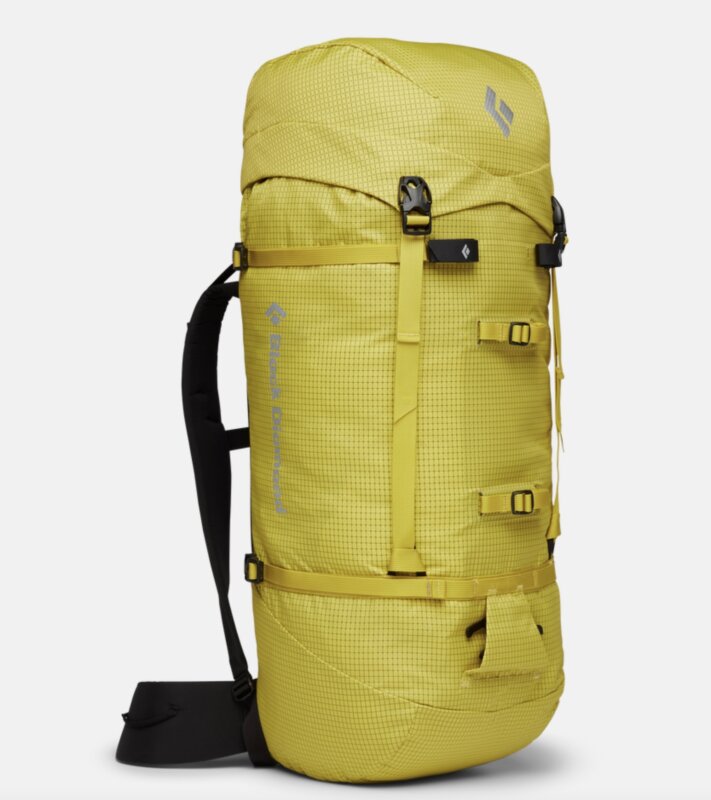
Internal frame pack that is between 50 and 60 liters. Either purchase a matching pack cover, or use garbage bags as liners. Make sure the pack is fitted to YOUR body.
Recommended : Black Diamond Speed 50L Pack
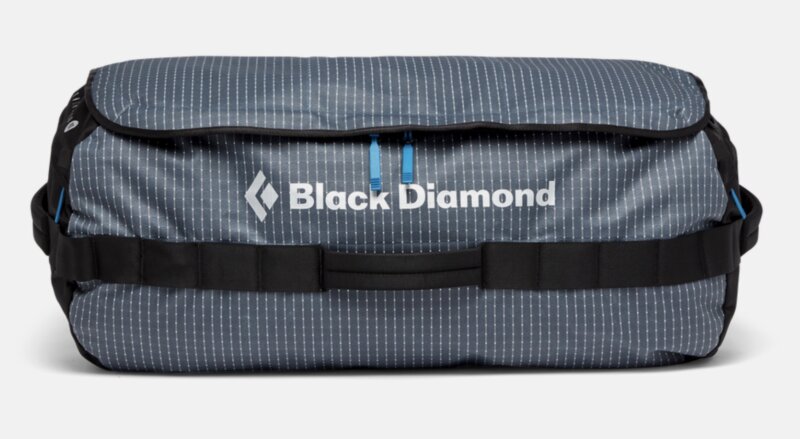
2 Duffle Bags – At least one bag should be extremely durable, waterproof, and big – between 90L and 120L. You should feel comfortable leaving it in a puddle for several hours. Remember dry clothes are hot commodities in the mountains! Large enough to fit everything you own, plus what you anticipate buying. Two duffel bags are necessary to fit all your equipment for travel (we don’t recommend checking your backpack, best is to put all gear and backpack into your duffle). Once in country, you can consolidate your gear into one duffel and your backpack. It’s common to leave the second duffel with city clothes and other non-necessary items behind in a locked and secure location that your guide will arrange for you.
Note: For ski expeditions such as the Ecuador Ring of Fire, you can replace one of these duffle bags with a ski/splitboard bag.
Recommended: Black Diamond Stonehauler 90L
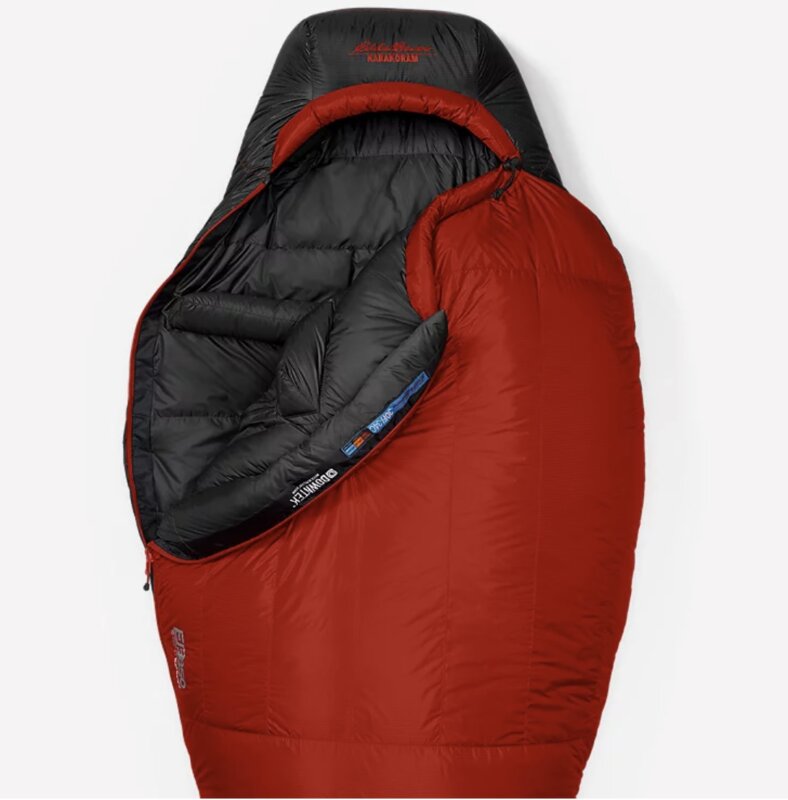
Rated to -30º F to -40º F. Choose an 800+ Fill Premium Goose Down bag. Make certain that the sleeping bag is the right length. DON’T FORGET A COMPRESSION SACK FOR THE SLEEPING BAG. Many climbers also like a silk liner.
Granite Gear Compression Sack is desired.
Recommended: Eddie Bauer Kara Koram with Compression Sack
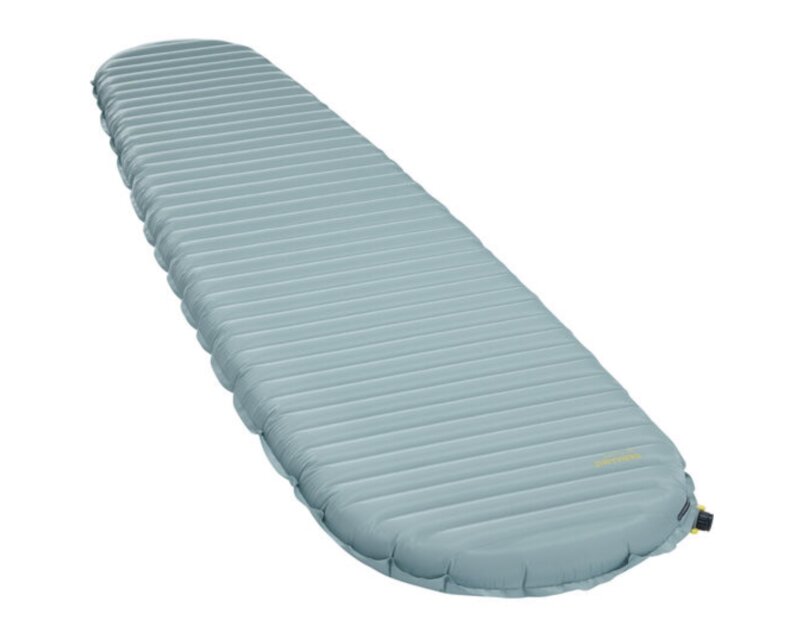
72-inch long inflatable pad required. Make sure you also purchase and bring a repair kit + bag for the sleeping pad.
Recommended: NeoAir Xtherm
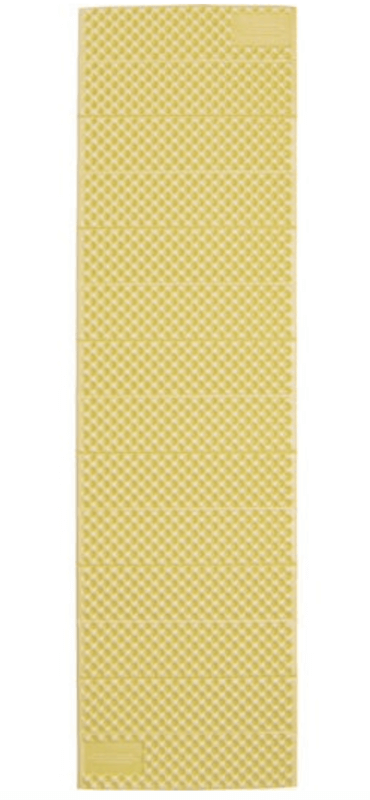
Recommended: Thermarest Z Lite SOL™ Sleeping Pad
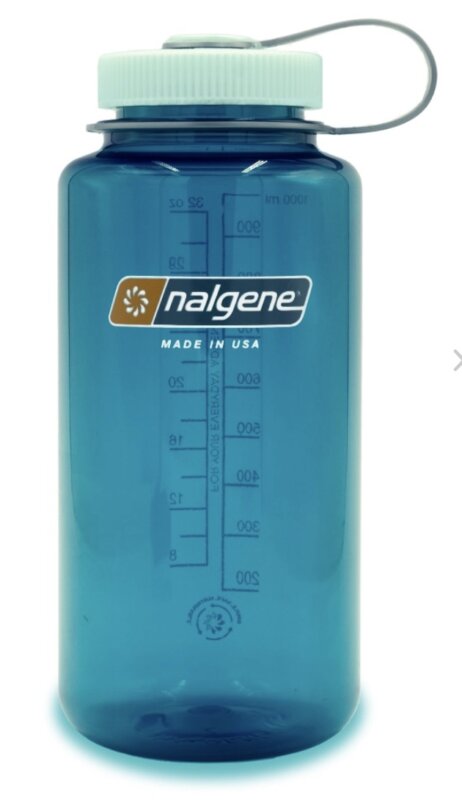
Two 1 Liter Wide Mouth Nalgene bottles.
Recommended: Nalgene 1 L wide mouth

1x Insulation cover for Nalgene bottle.
Recommended: Nalgene 32oz Insulated Sleeve

Should carry 70-100 ounces. Must be durable and have a reliable closure system. Recommended: MSR Dromlite 2L with Hydration Tube

These become really handy on summit push to keep water inside your down suit and maintain the water’s temperature. Make sure that the lid or drinking system has a lock.
Recommended: MTN STOW 350 mL Collapsible Bottle
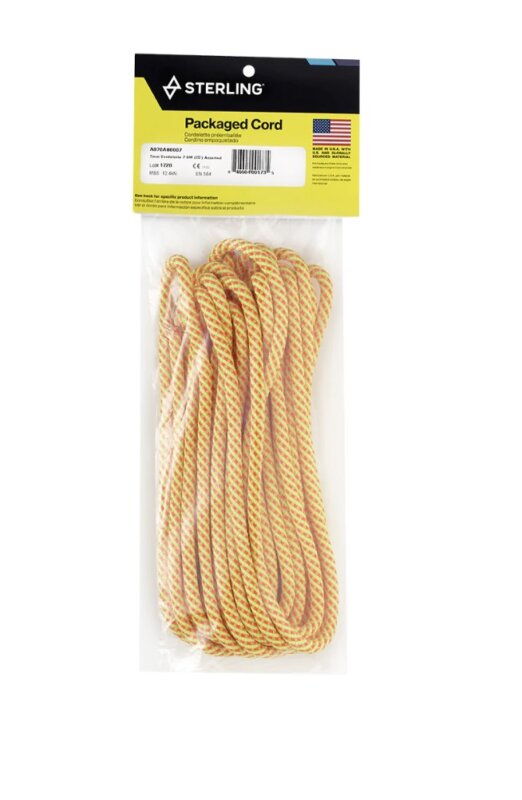
25’ of 6mm nylon accessory cord. This will be used to make prusiks and cordalettes.
Recommended: Black Diamond Static Accessory Cord
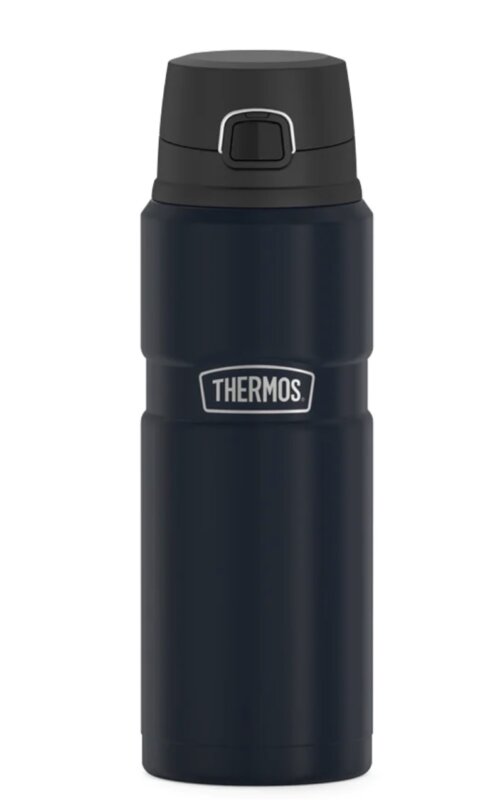
A fully insulated thermos is optional but recommended for warm drinks that help with comfort, hydration, and safety on cold days in the mountains.
Recommended: Thermos STAINLESS KING™ DRINK BOTTLE 24OZ
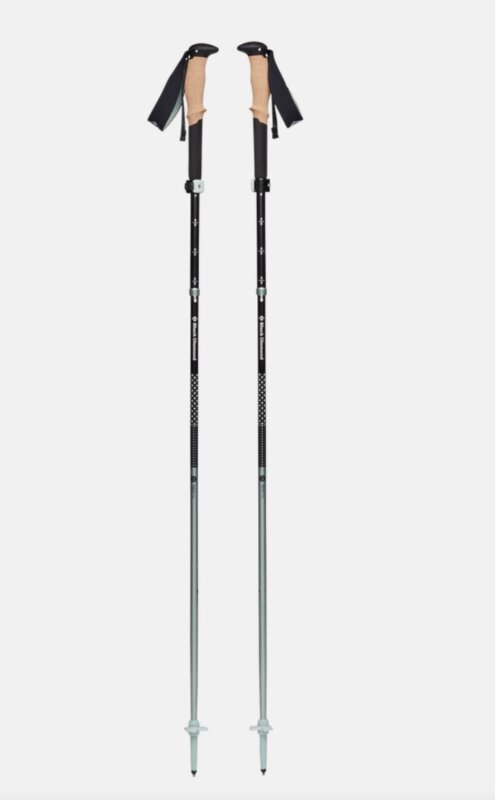
Make sure that they are durable, lightweight + easily adjustable.
Recommended: Black Diamond Pursuit FLZ Trekking Poles
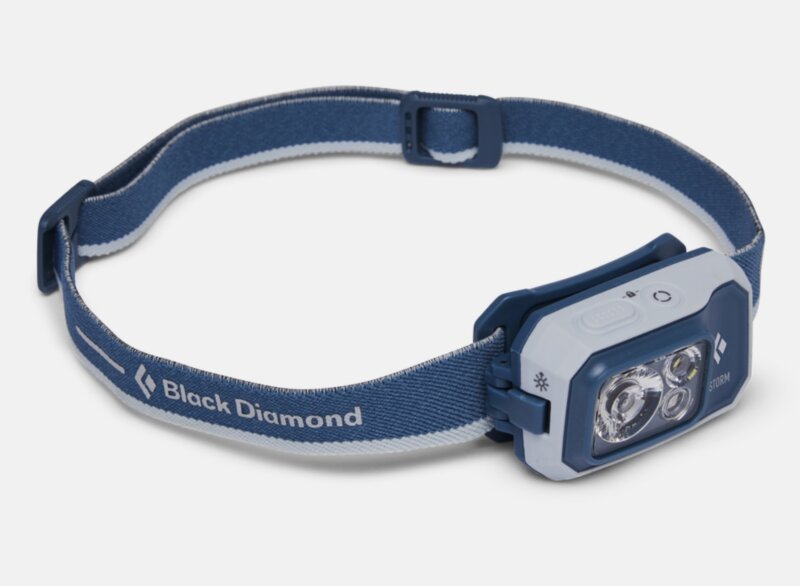
Please bring two L.E.D. Headlamps. One will be intended as a lightweight backup. L.E.D. headlamps are required. Make sure they have 3+ bulbs. Bring extra batteries. We highly recommend a tilting lamp.
Recommended: Black Diamond Storm 450
Backup Headlamp Recommended: Black Diamond Deploy 325

A lightweight and compact cookware setup. You’ll want a plastic bowl, mug and spoon.
Recommended Kit: MSR 2-Person Mess Kit
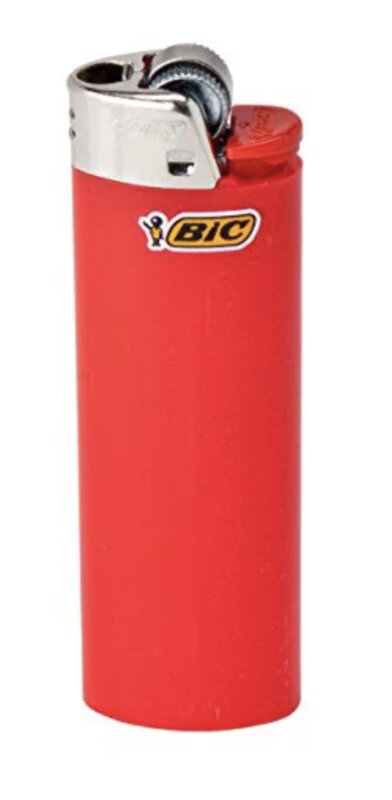
2 BIC Lighters
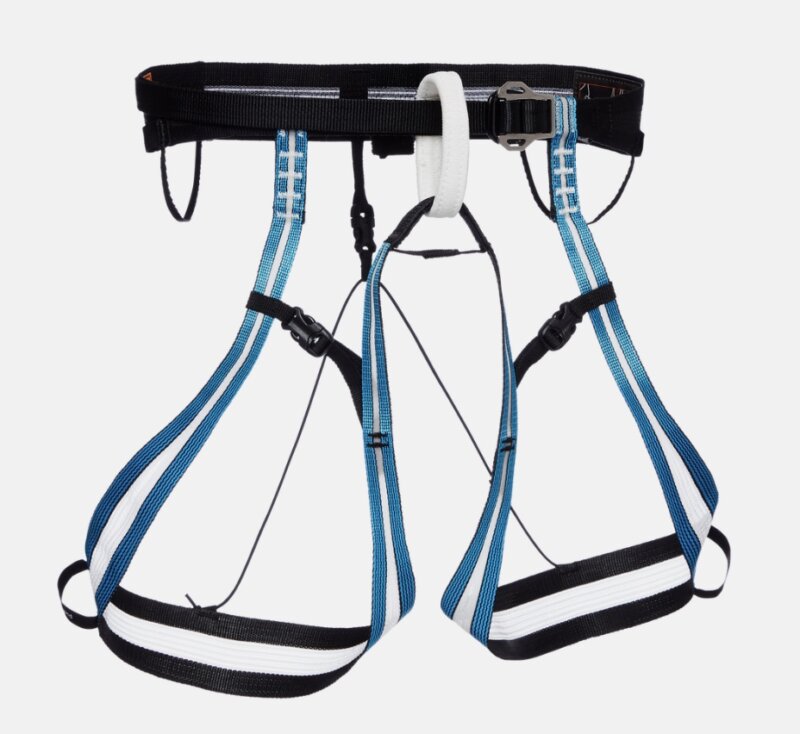
Must have belay loop, gear loops and adjustable leg loops so that you can layer up underneath it. Easy to pack, lightweight + comfortable. *Harnesses are also available to rent (for our introductory climbing courses) at no charge from Alpenglow expeditions on a first-come, first-serve basis.
Recommended: Black Diamond Couloir
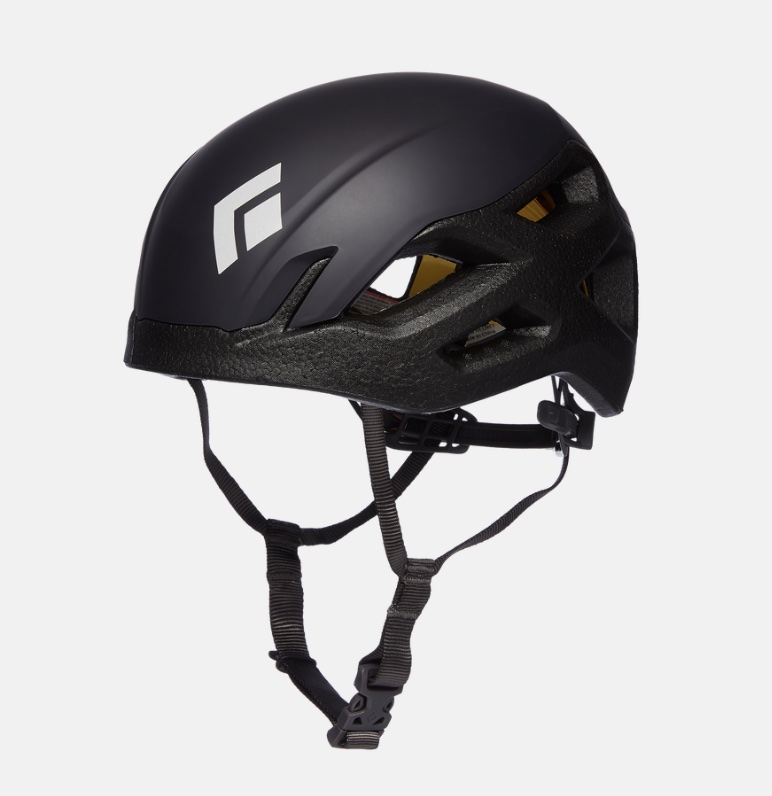
An easily adjustable lightweight helmet that fits with hat and Balaclava. Make sure this is a climbing-specific helmet. *Climbing helmets are also available to rent (for our introductory climbing courses) at no charge from Alpenglow Expeditions on a first-come, first-serve basis.
Recommended: Black Diamond Vision Helmet – MIPS

Steel crampons with anti-balling plates are required (so that snow does not build-up in the base of your foot). Make sure that crampons have a heel bail and that they fit snugly on your ski or snowboard boots. Crampons are available to rent (for our introductory climbing courses) at no charge from Alpenglow Expeditions on a first-come, first-serve basis.
Recommended: Black Diamond Sabretooth Crampons
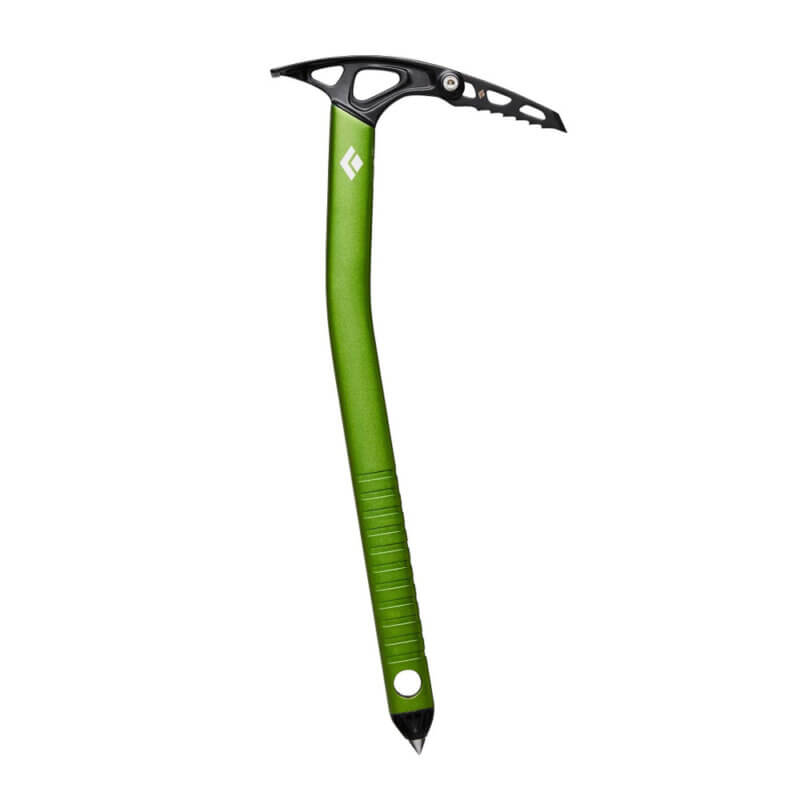
General purpose, ultra-light climbing ice axe.
Recommended: Black Diamond Venom Classic LT Piolet
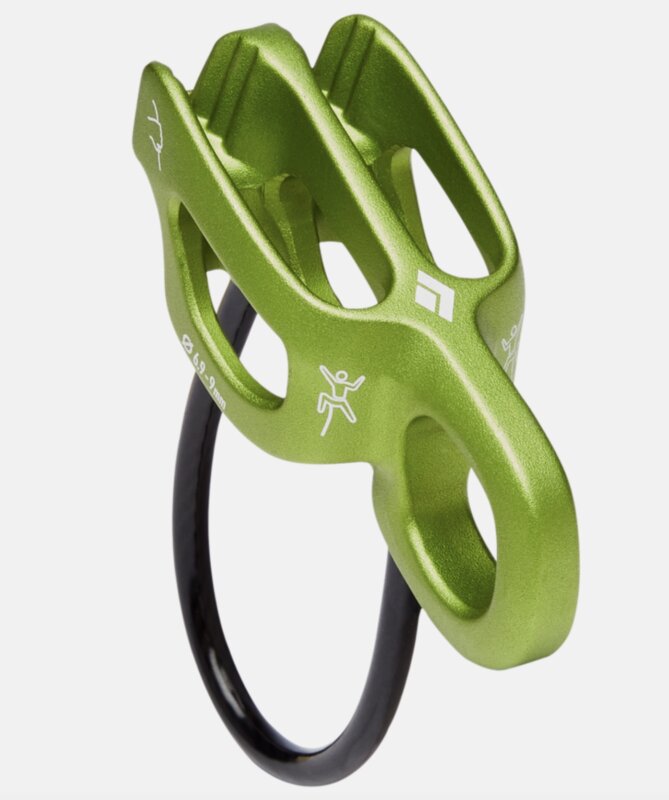
Light, easy to use + simple. Should have teeth/grooves for skinny ropes.
Recommended: Black Diamond ATC Alpine Belay Device
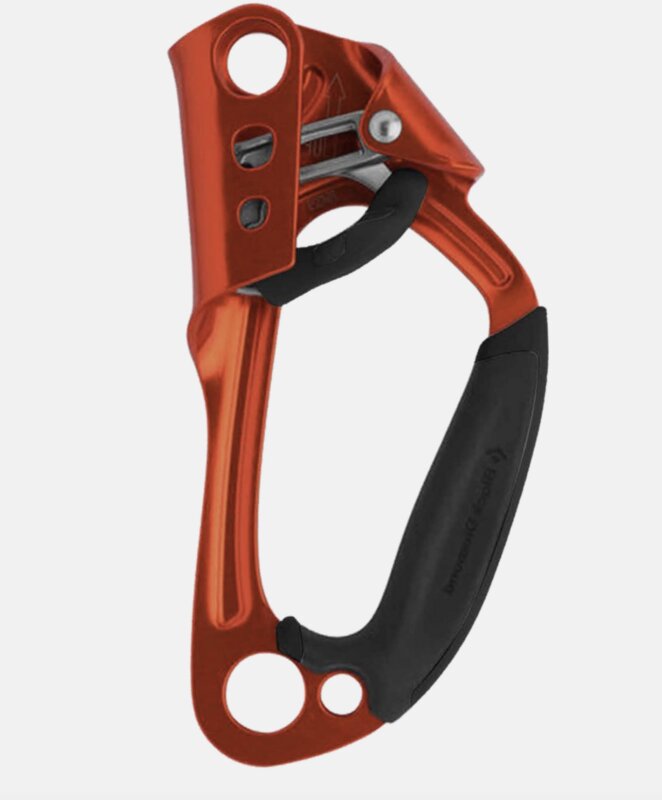
Should have a large opening for gloved hands, and an easy thumb trigger.
Recommended: Black Diamond Index Ascender

A digital transceiver that is simple to use or that you are extremely comfortable using.
Recommended: Black Diamond Recon Avalanche X Beacon
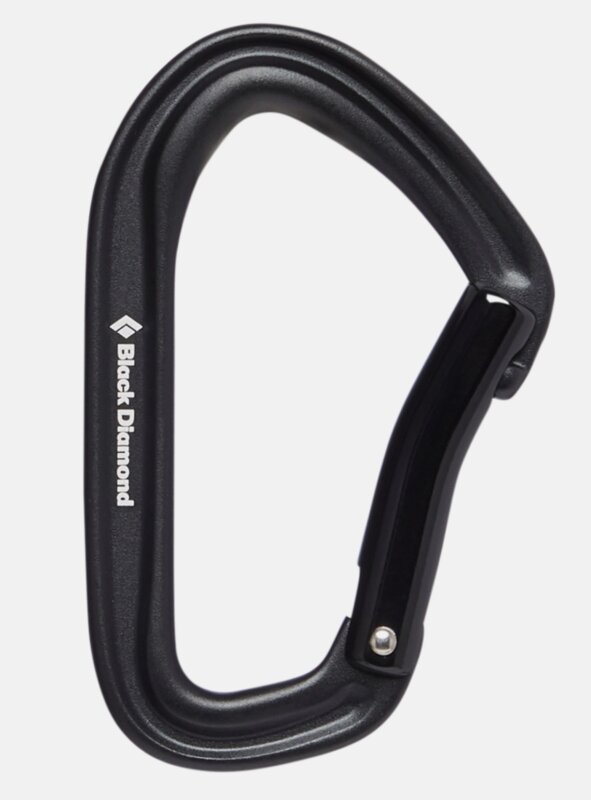
Small, lightweight small carabiners are best, wire-gates are fine.
Recommended: Black Diamond HotForge Carabiner
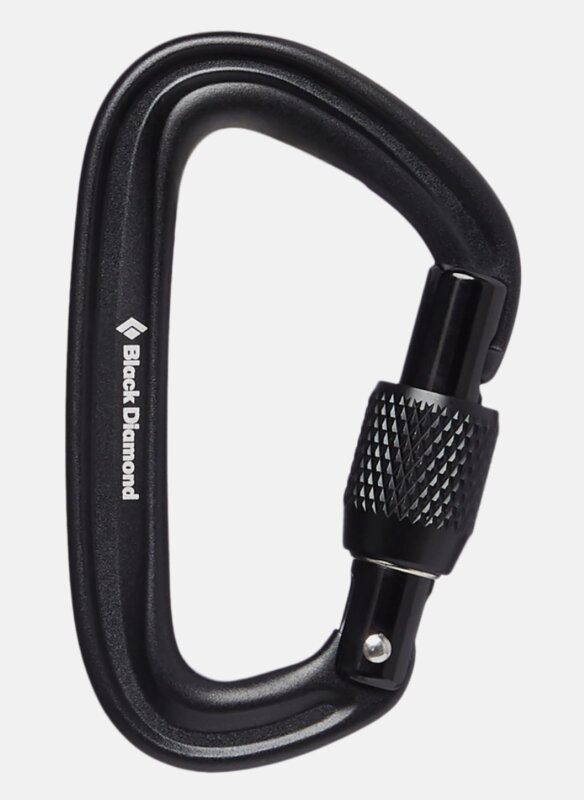
Small, lightweight locking carabiners are best.
Recommended: Black Diamond LiteForge Screwgate

- Passport with Chinese Visa
- 2 luggage locks (TSA compliant)
- Non-cotton underwear
- Stuffsacks: assorted sizes, for organizing your clothes and gear
- Sunscreen: SPF 30 (or higher)
- Lip balm with SPF 15 (or higher)
- Personal first-aid kit (Band-aids, Ibuprofen, Cough Drops, Moleskin, Pepto-bismol, Imodium, Personal Medications)
- 3-4lbs of Snack food: A variety of your preferred snack food – some whole food, bars, gels (climbing food will be provided in BC and ABC, but we always recommend for climbers to bring some of their favorite and familiar snacks to complement the selection we bring.)
- Hand Warmers
- Hand Sanitizer
- Powerbank (6-10K mAh good for 2-3 phone charges, weighing under 8oz)
- Base Camp Clothes: Life in Base Camp & Advanced Base Camp needs to be as comfortable as possible, so we recommend members bring a change or two of comfortable clothes that can help in leisurely days to feel comfortable and keep your climbing clothes clean. Our guides usually bring a set of comfy jeans, a cotton hoodie and T-shirt.
The feeling of standing on the summit of Everest/Chomolungma is almost indescribable
“The feeling of standing on the summit of Everest/Chomolungma is almost indescribable. What I can say is that the entire experience of climbing the mountain with Alpenglow Expeditions was a true pleasure. I felt taken care of and safe. There’s no better feeling than climbing a mountain, especially the world’s highest, and feeling safe doing it.”

Cho Oyu Expedition

Makalu Rapid Ascent™

Gasherbrum II Rapid Ascent™

Ama Dablam Rapid Ascent™
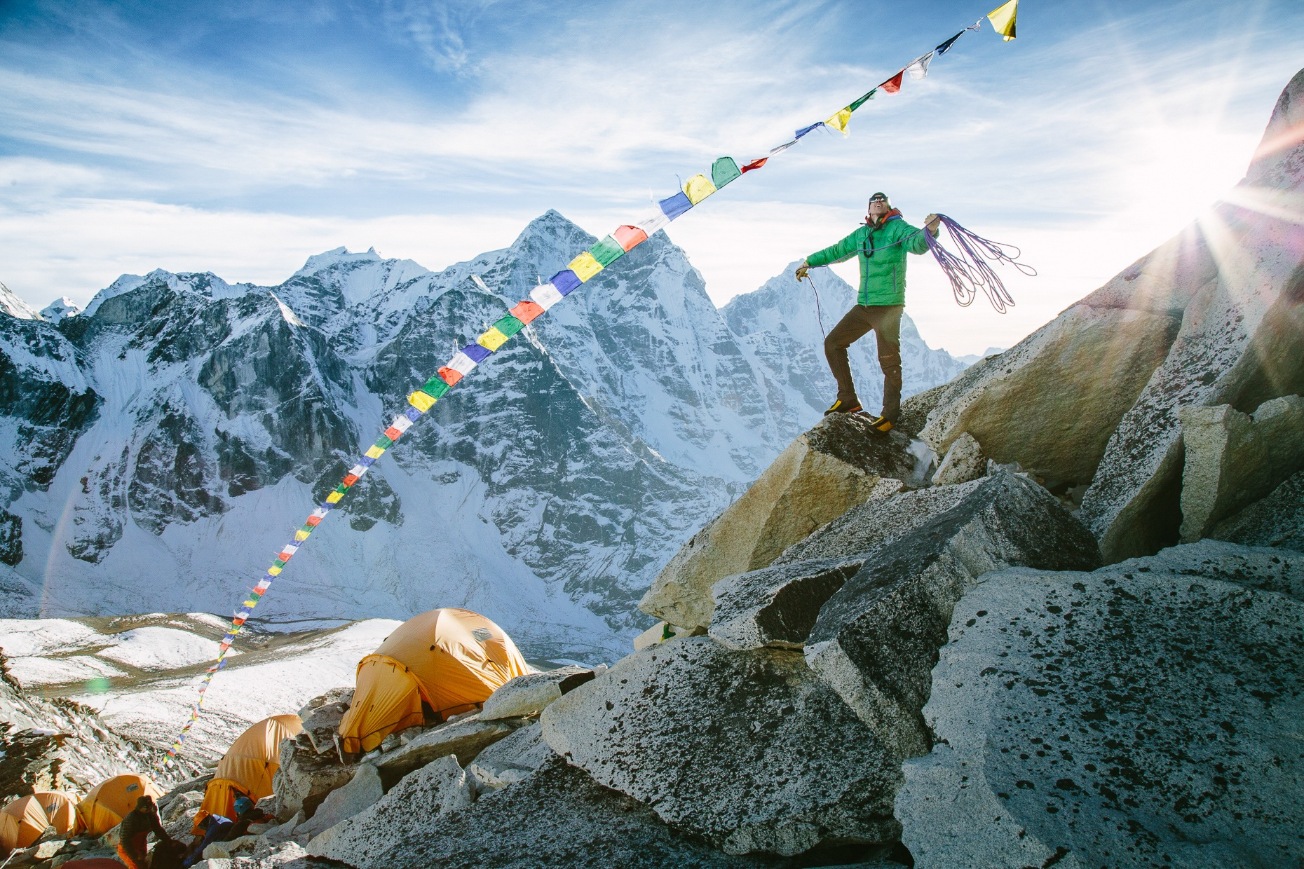
Denali Expedition

Vinson Massif Expedition
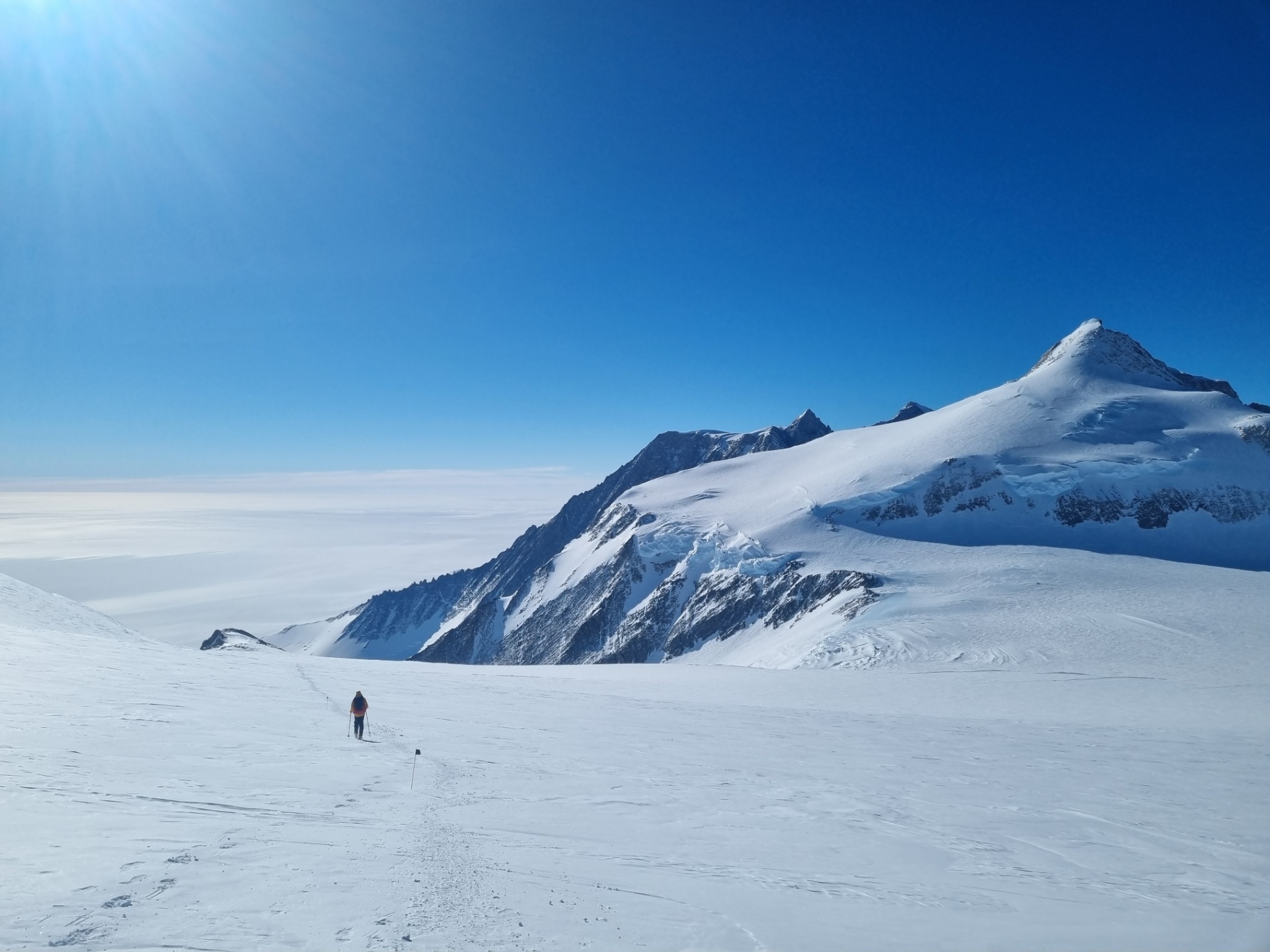
Carstensz Pyramid Expedition

Climb Aconcagua
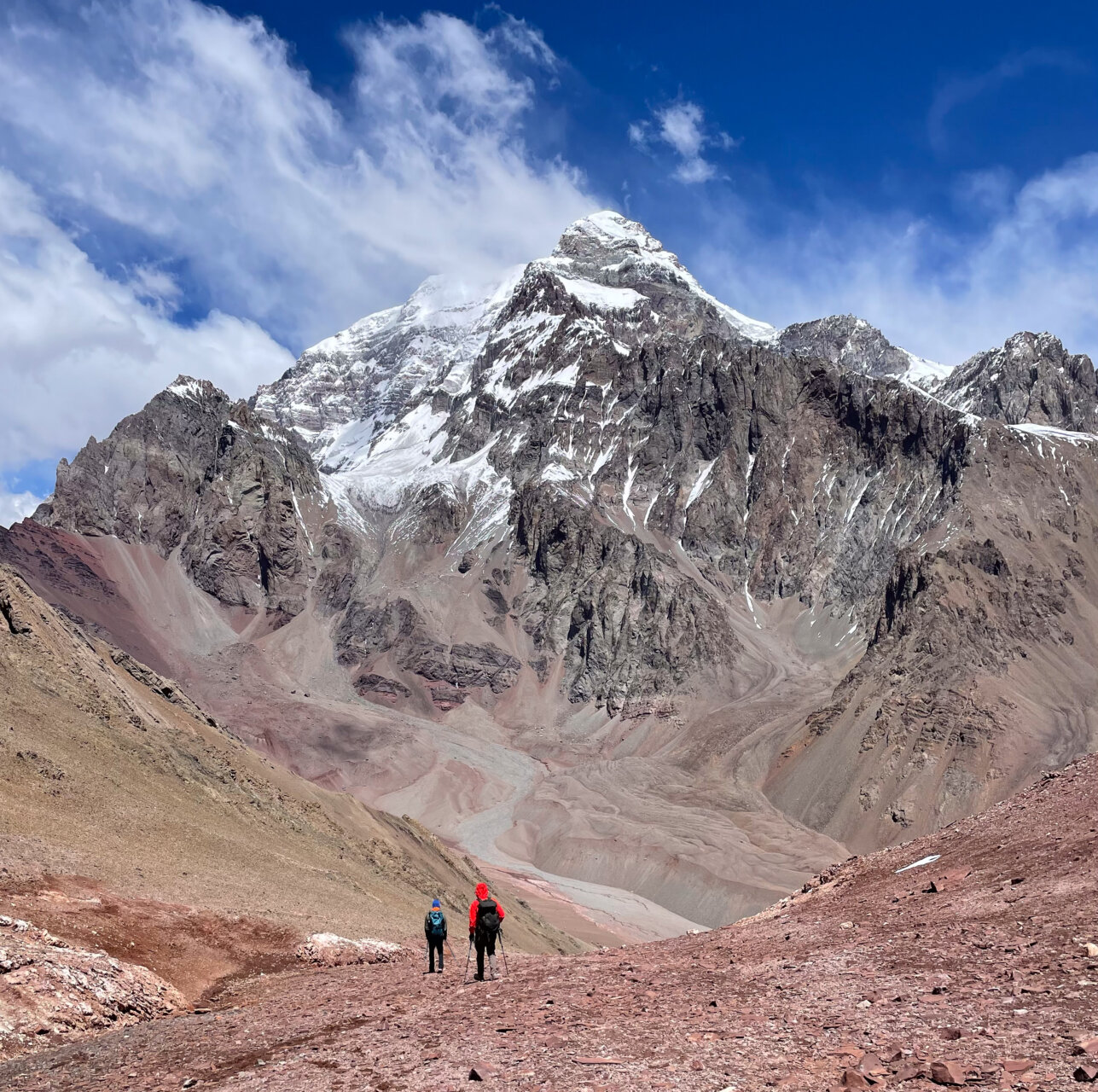
Dreaming of Everest?
Read about everest.

Questions To Ask Before Joining An Everest Expedition

Food on Everest: What to Eat and How it Gets to the Mountain
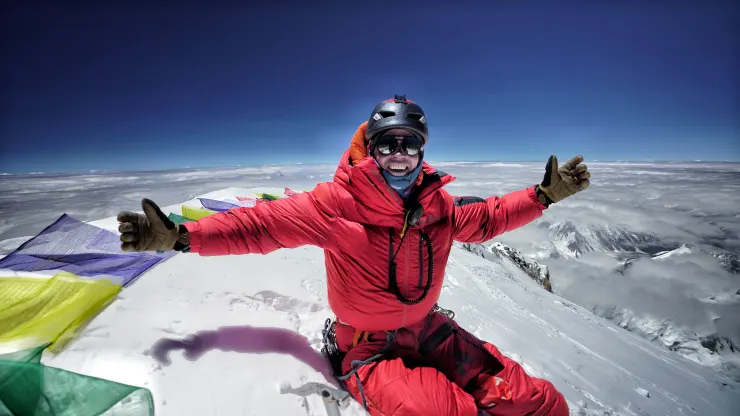
CEO who summited Mt. Everest 8 times: How to achieve success without chasing risks

Alpenglow Expeditions Is Returning to Everest and Cho Oyu
3 business lessons i learned while summiting mt. everest without supplemental oxygen.
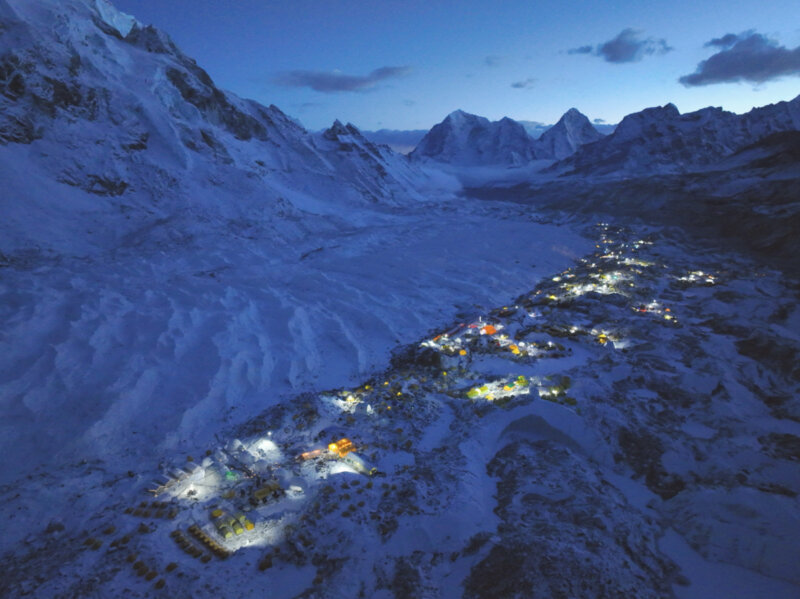
‘Death zone’ queues feared on Everest as Nepal grants record climbing permits


COMMENTS
At Intrepid, we offer treks to Everest Base Camp, not to the summit. Trekking to the summit of Everest can cost upwards of $60,000USD and is far more technical than the trek to Base Camp. The summit climb requires previous trekking experience and knowledge of how to climb ice, rock and use summit equipment.
Summit Mount Everest, the world’s tallest peak, from the North Side – without the crowds or the risk of the South Side and Khumbu Icefall. Climb Mount Everest in almost half of the time of traditional expeditions, with the North Side’s most professional guide team and best logistics. April 28, 2024 – June 02, 2024.